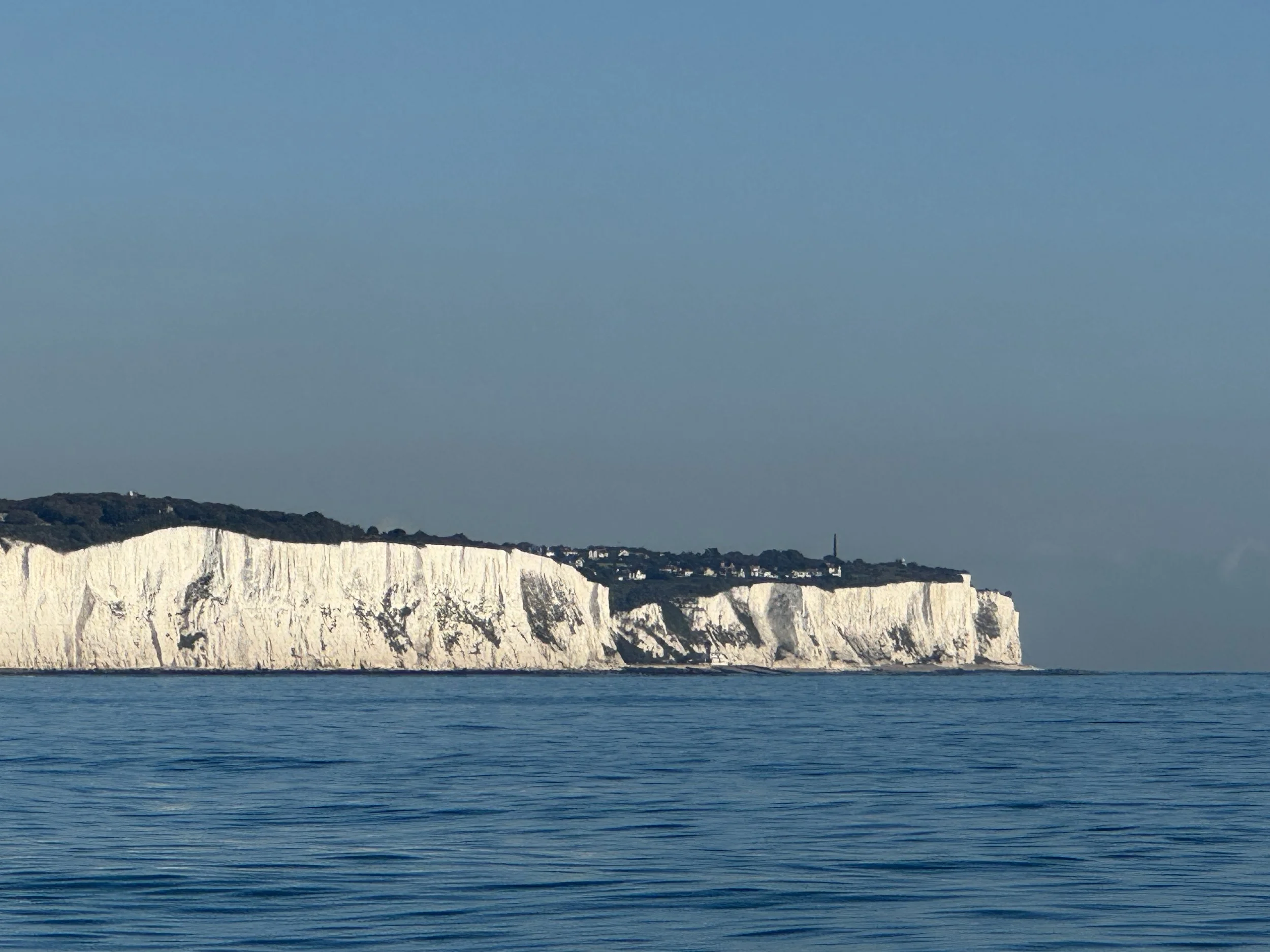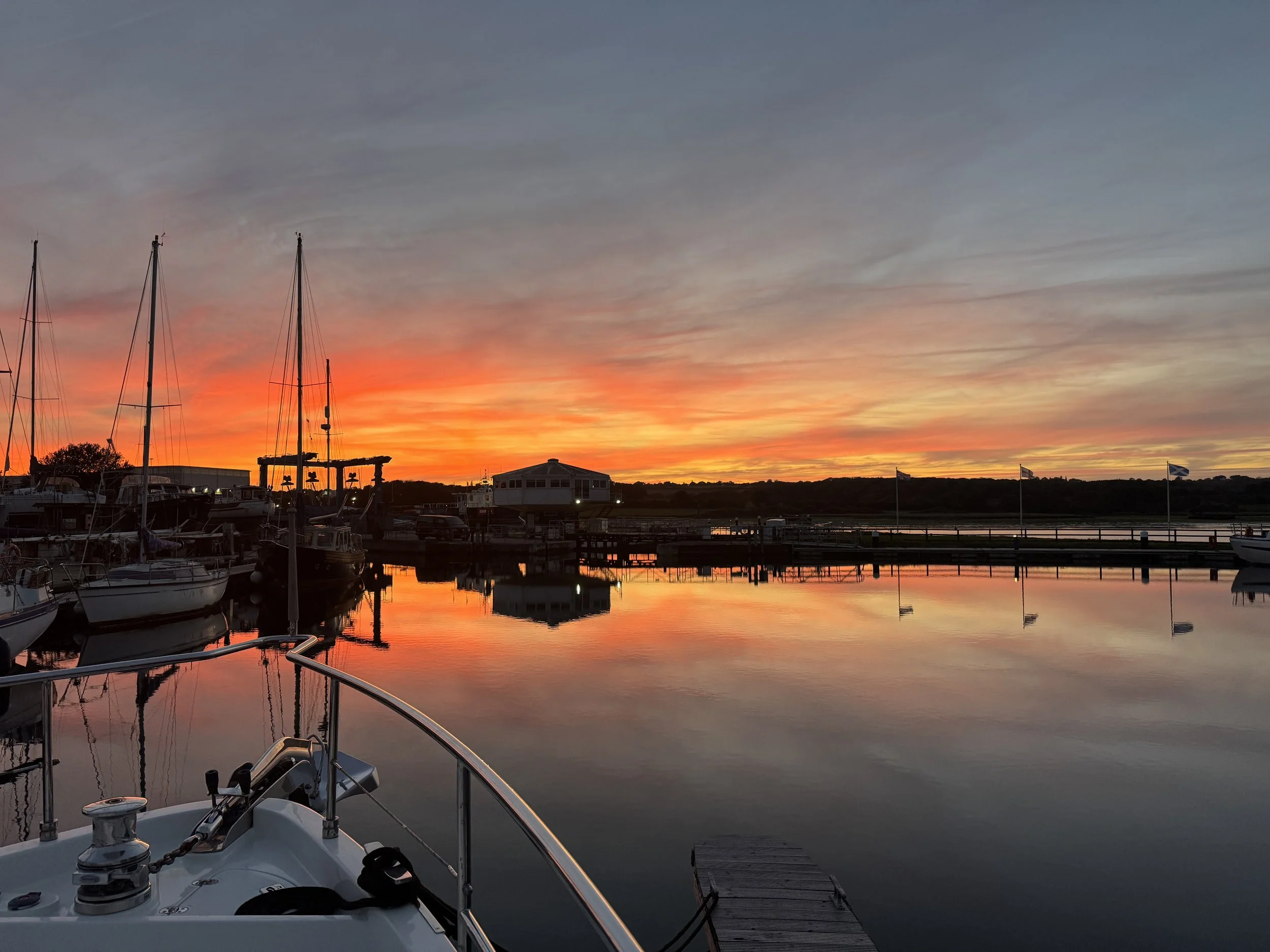Season Wrap-Up
We explored the streets of Dover, stumbling upon an interesting old pub before we continued south along the British coast. The weather was cool and the sea calm, and we were continually charmed by the pleasantries of the mariners and traffic controllers on the radio. Perhaps more noticeable to us here in Great Britain because of the shared language, or possibly simply an example of their unrelenting politeness, but we found the British radio chatter cheerful and heartening.
Our first hop brought us to Eastbourne for an overnight and then on through the Solent and into Portsmouth Harbor the next day.
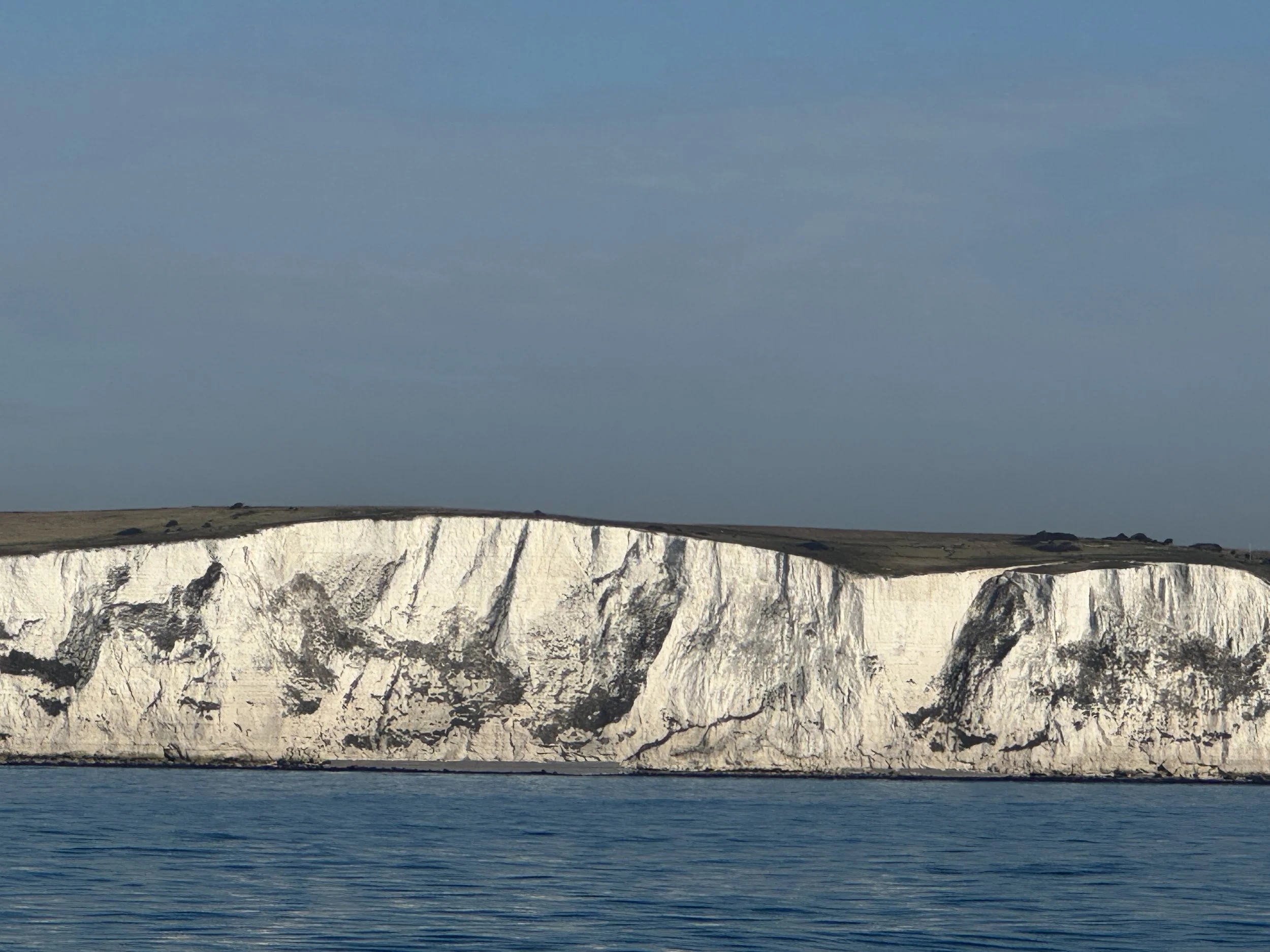
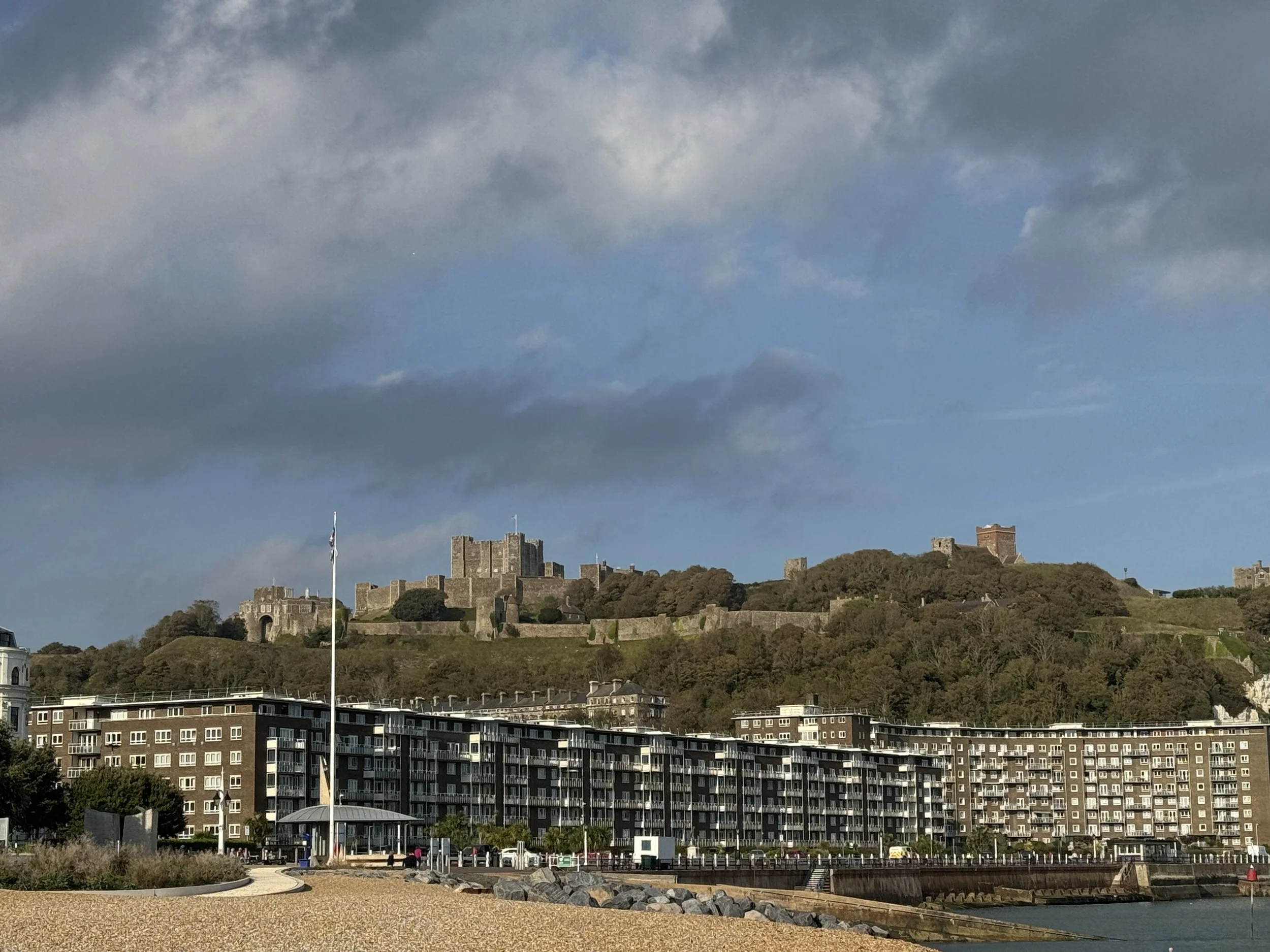
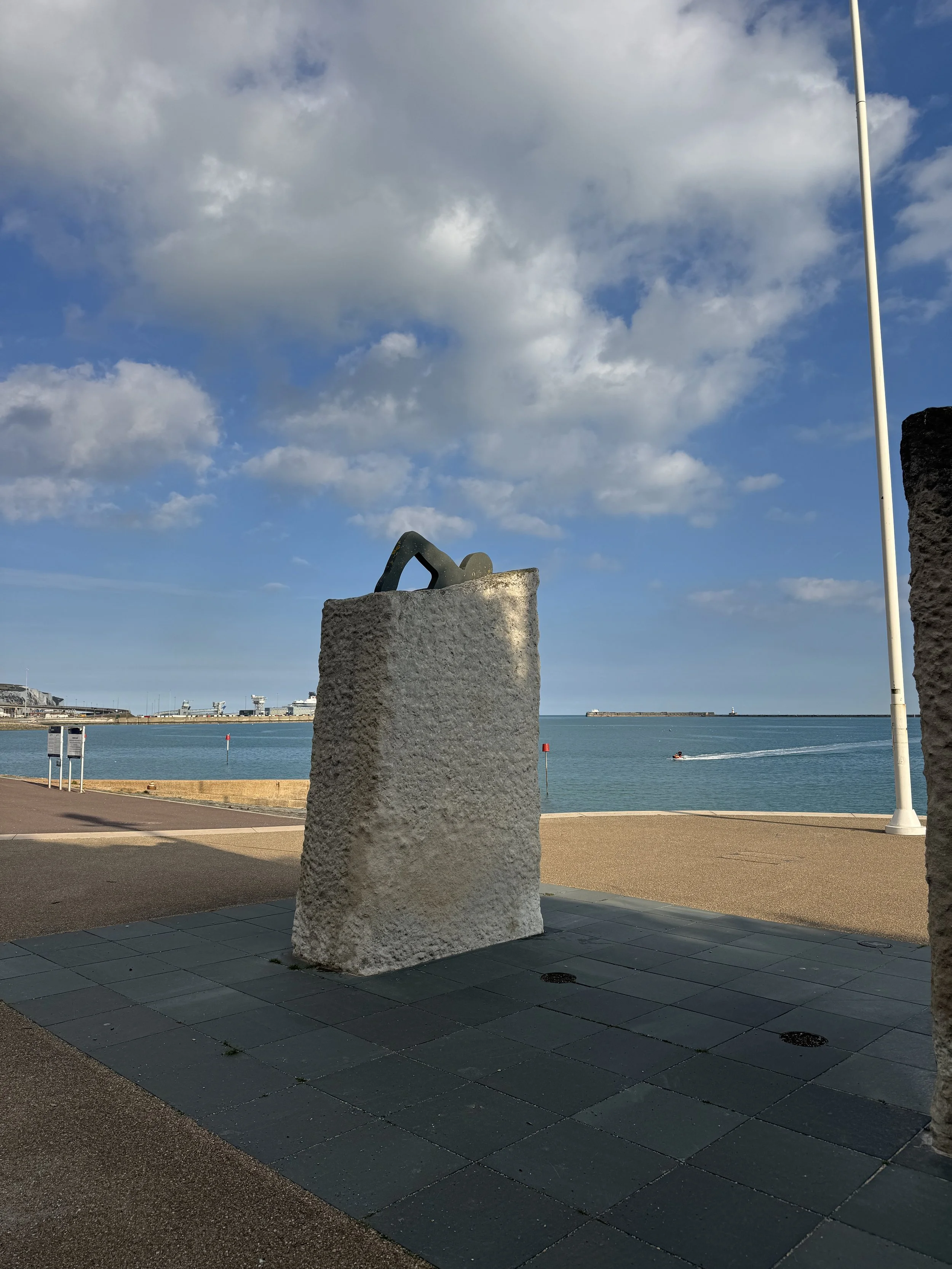


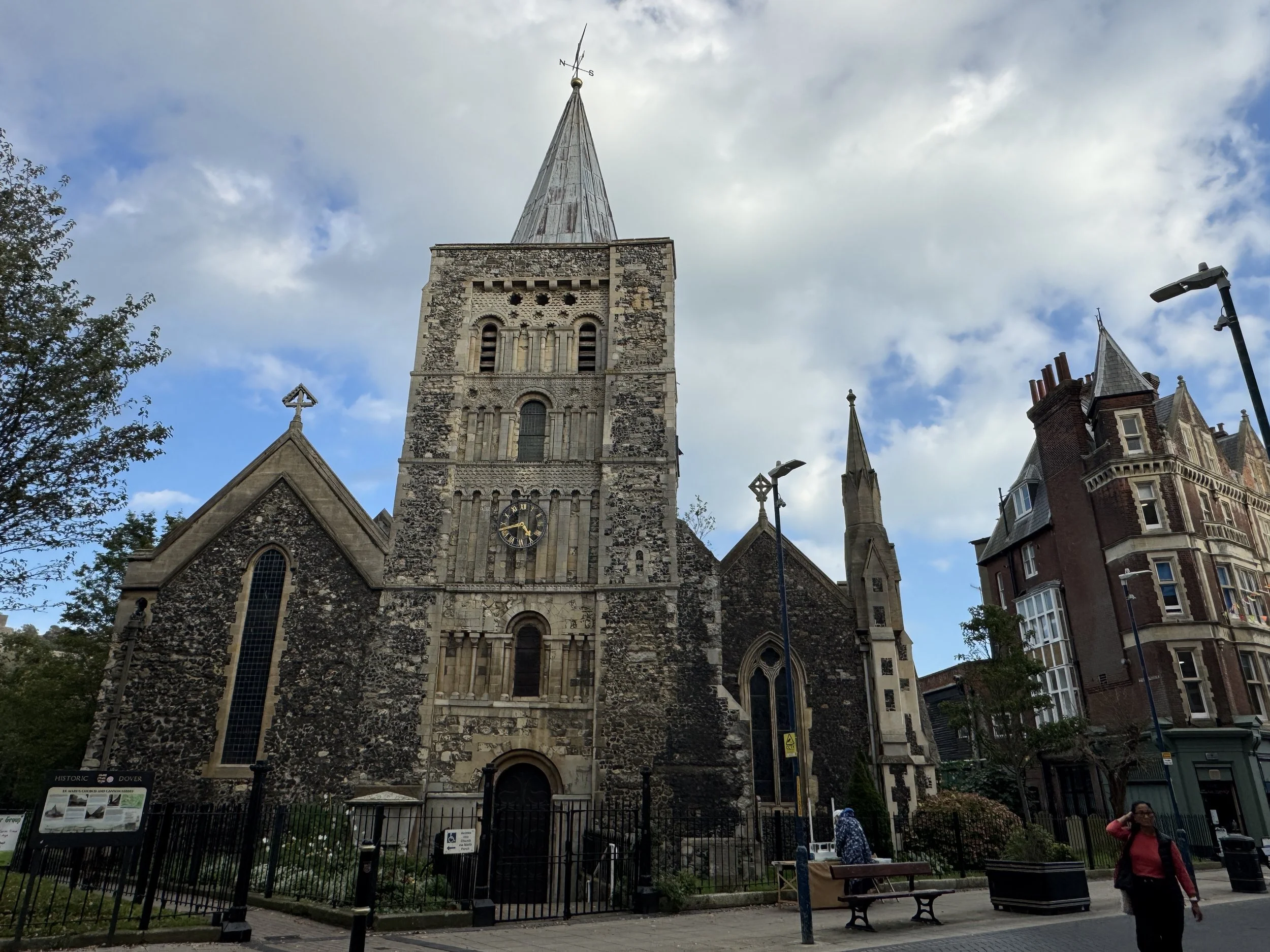
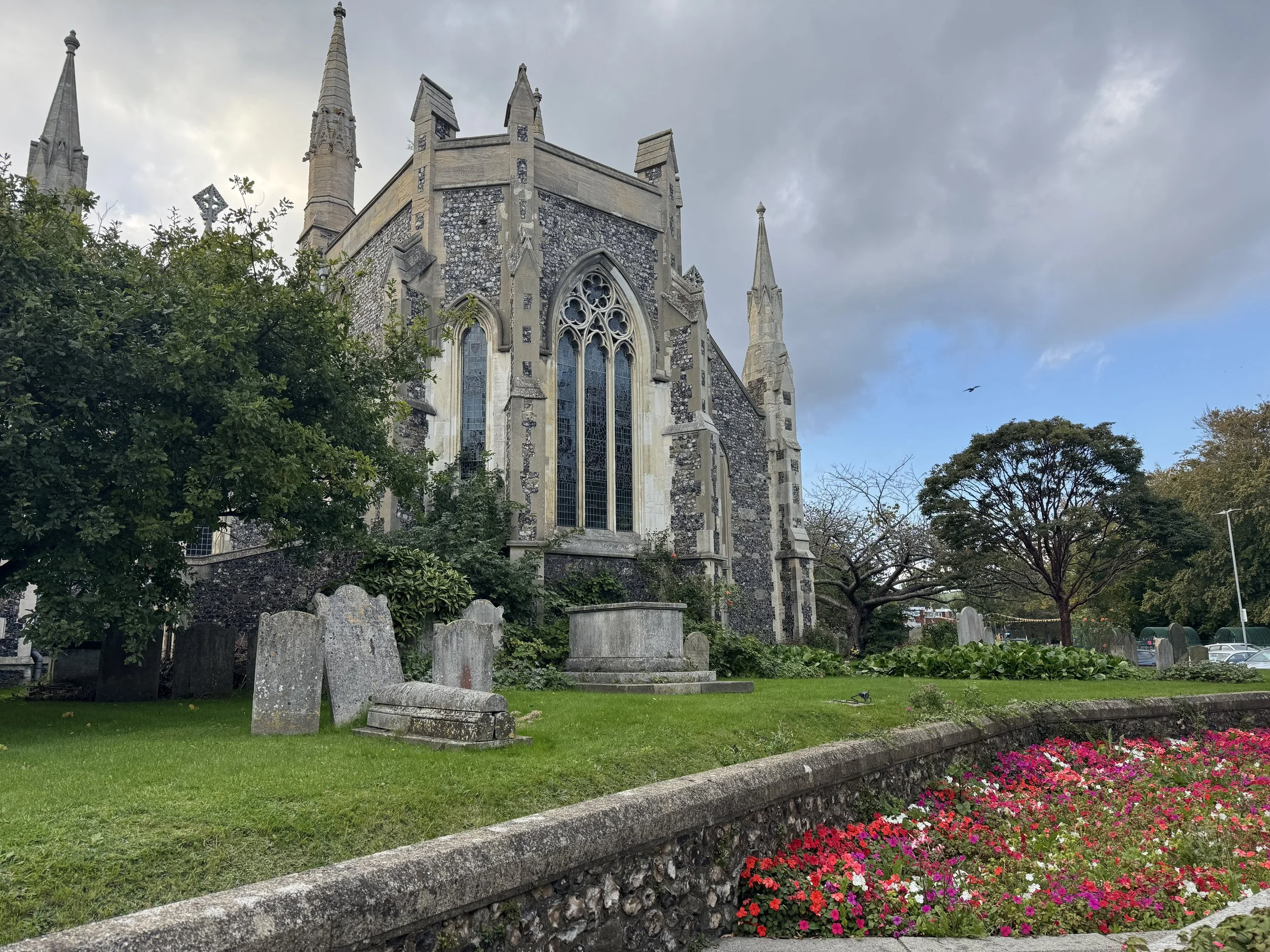


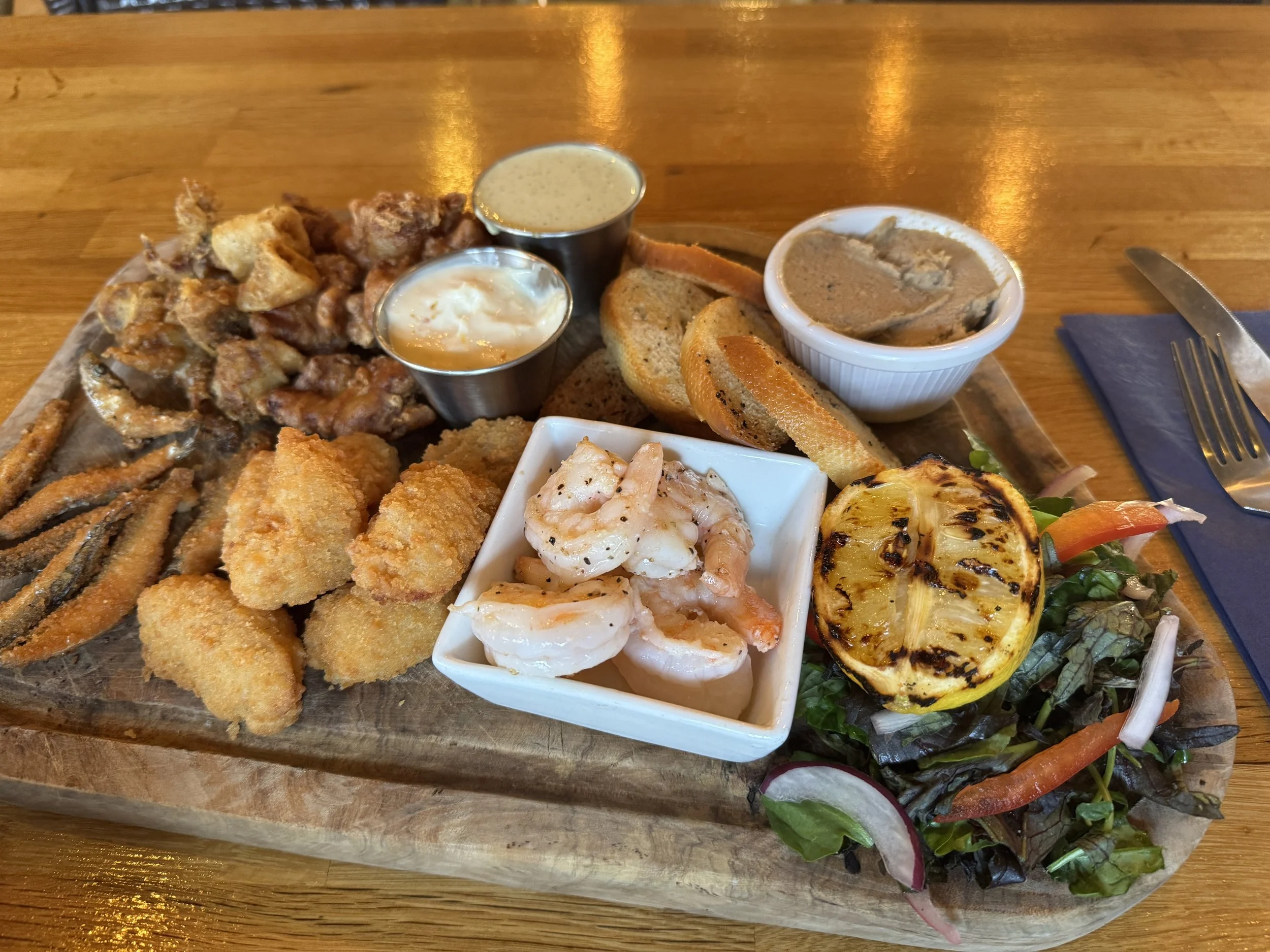

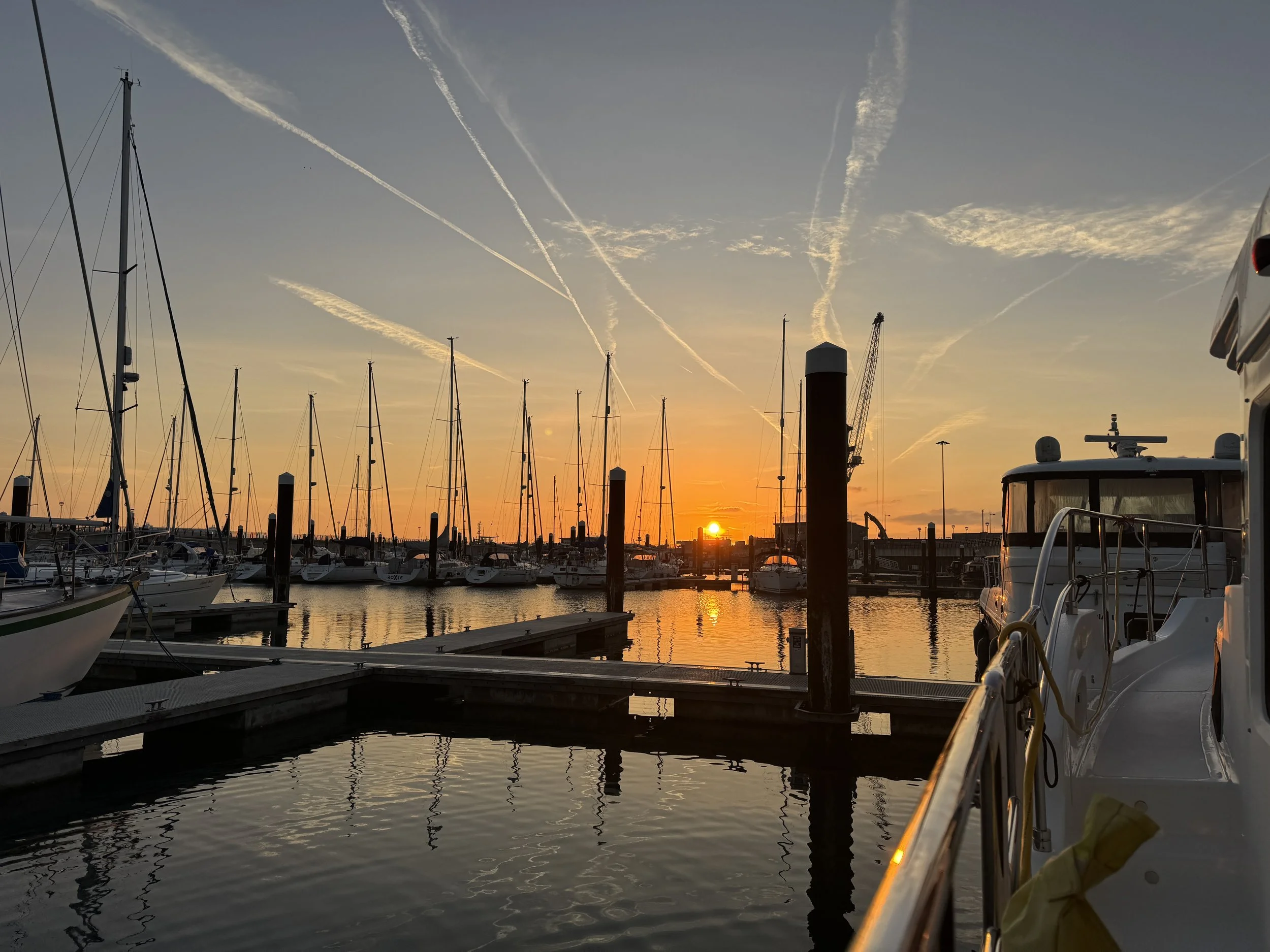
The Solent itself is the strait that separates the Isle of Wight from the mainland of England. It is about 20 miles (32 km) long and varies in width between 2½ and 5 miles (4 and 8 km). The strait is one of the busiest bodies of water in the UK, and is a major shipping route for passengers, freight and military vessels. It is sheltered by the Isle of Wight and has a very complex tidal pattern, there being static or rising water levels for more than 8 hours out of every 12 hour tidal cycle.
We had opted to stay in a marina far up into Portsmouth Harbor as, fortuitously, our dear friend Gary was there working for the weekend. The harbor itself is a large tidal inlet that opens into the Solent strait. Port Solent Marina is located at the northern end of Portsmouth Harbor. Getting there requires navigating the busy commercial, naval and leisure port through the well marked tidal channel to the entrance to the marina which is controlled by a lock making the basin itself non-tidal.
This was a lock like no other with what appeared to be brand new floating dock-like pontoons that adjust to your boat's level, making it super easy to secure your lines. Yachtsmen actually stand on the pontoon and visit with each other as the lock fills. Gary met us at the lock when we arrived and we spent a lovely afternoon catching up and hatching a plan to get together again over the weekend.
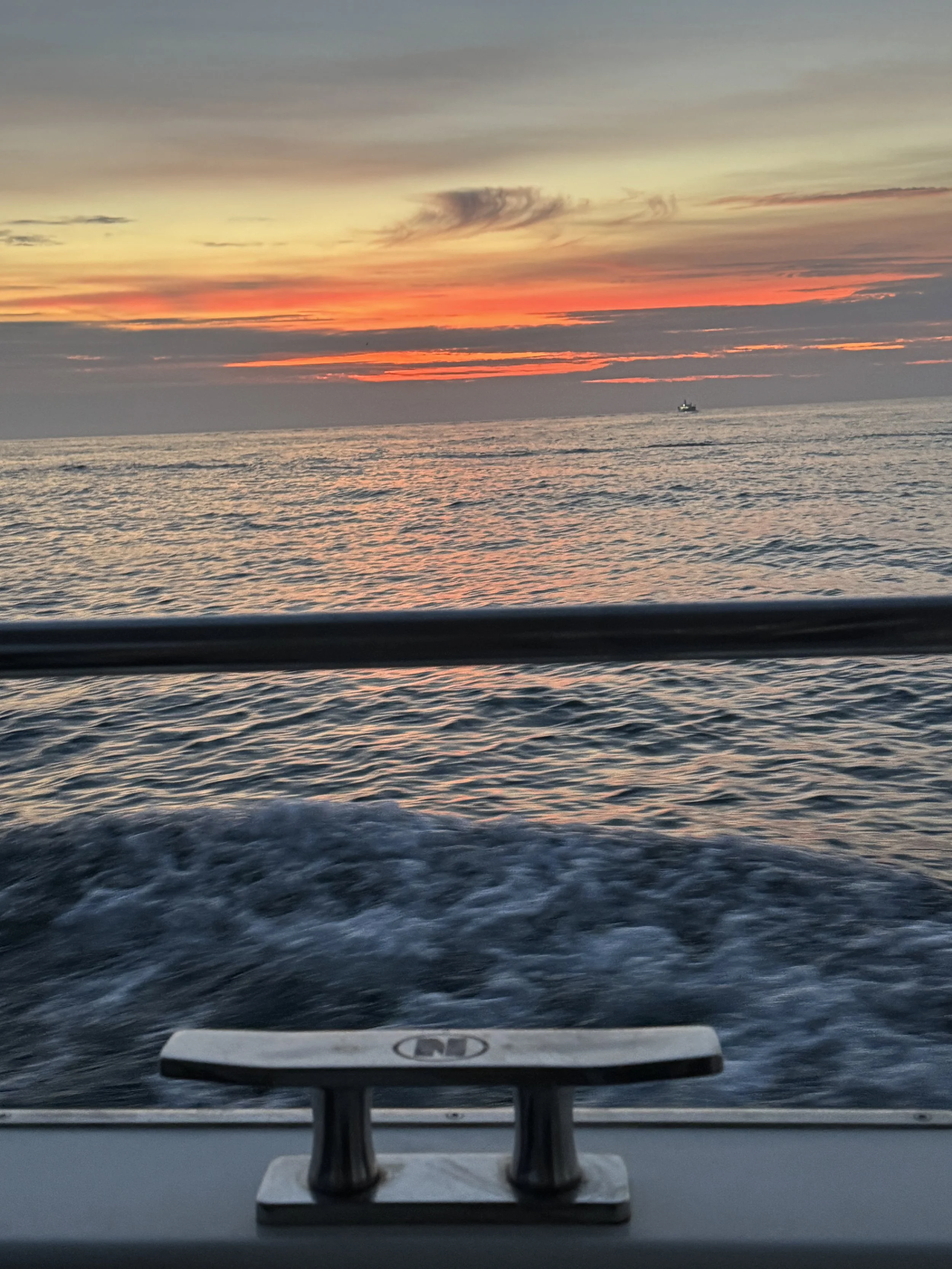

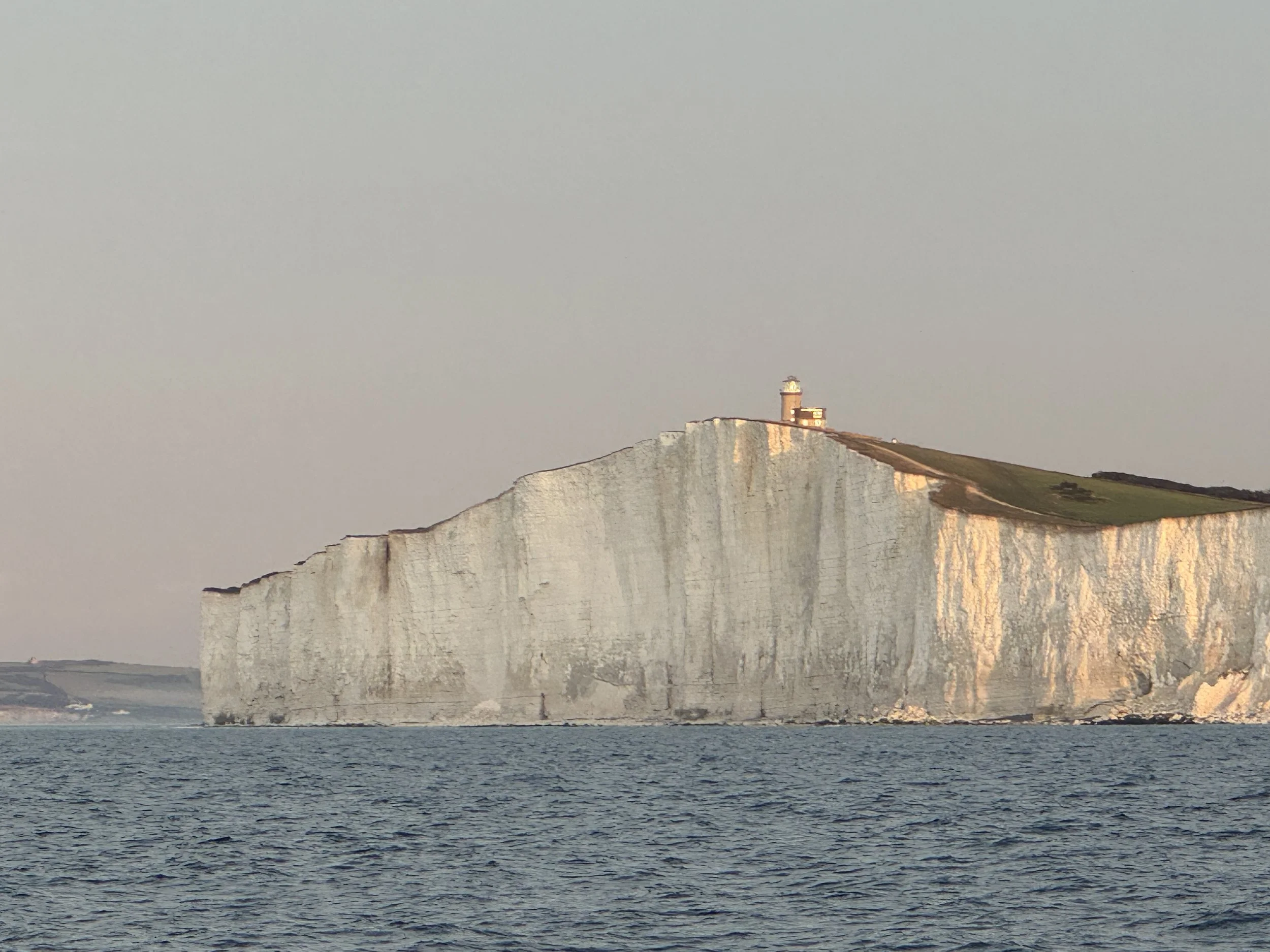

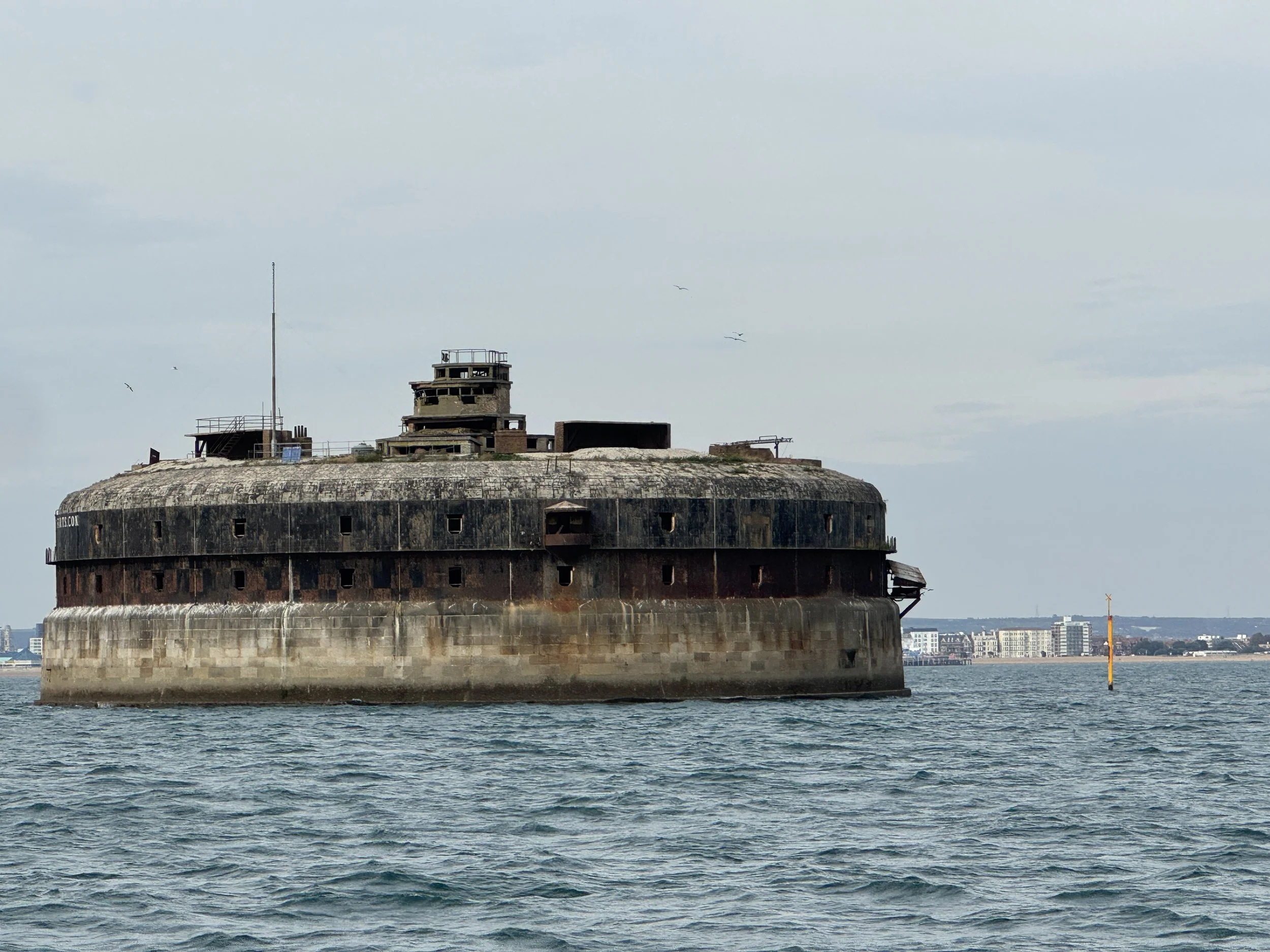
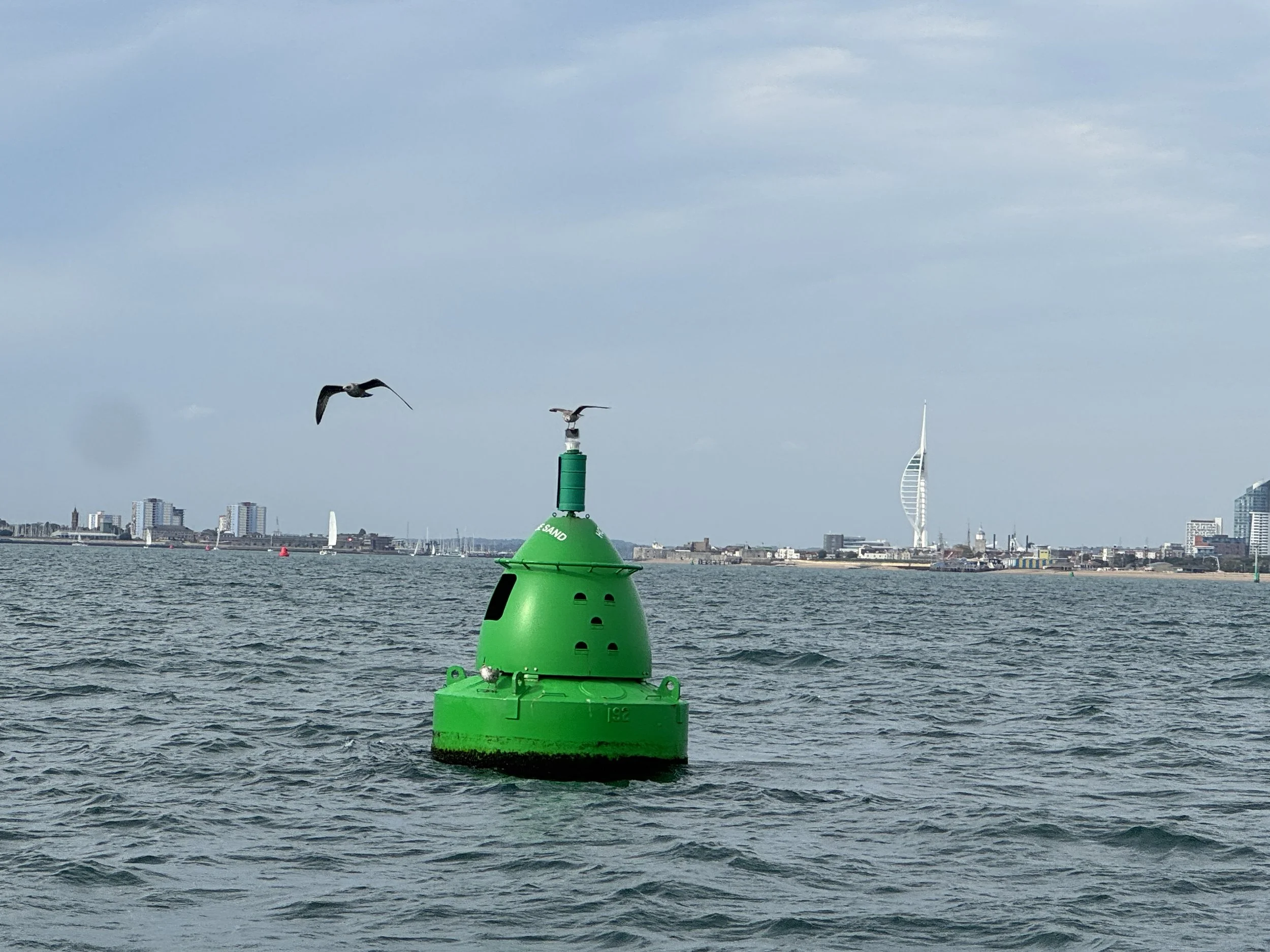
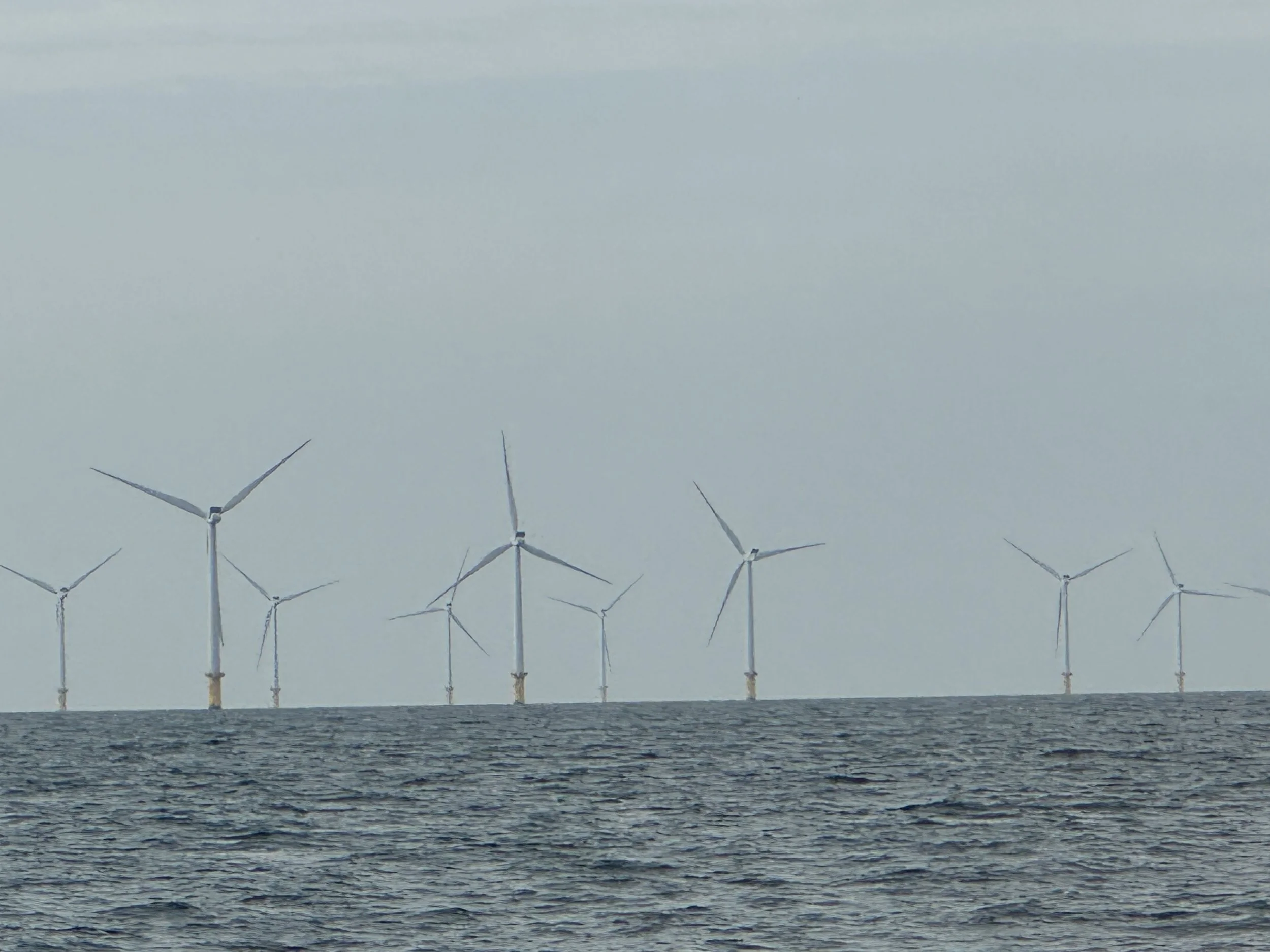
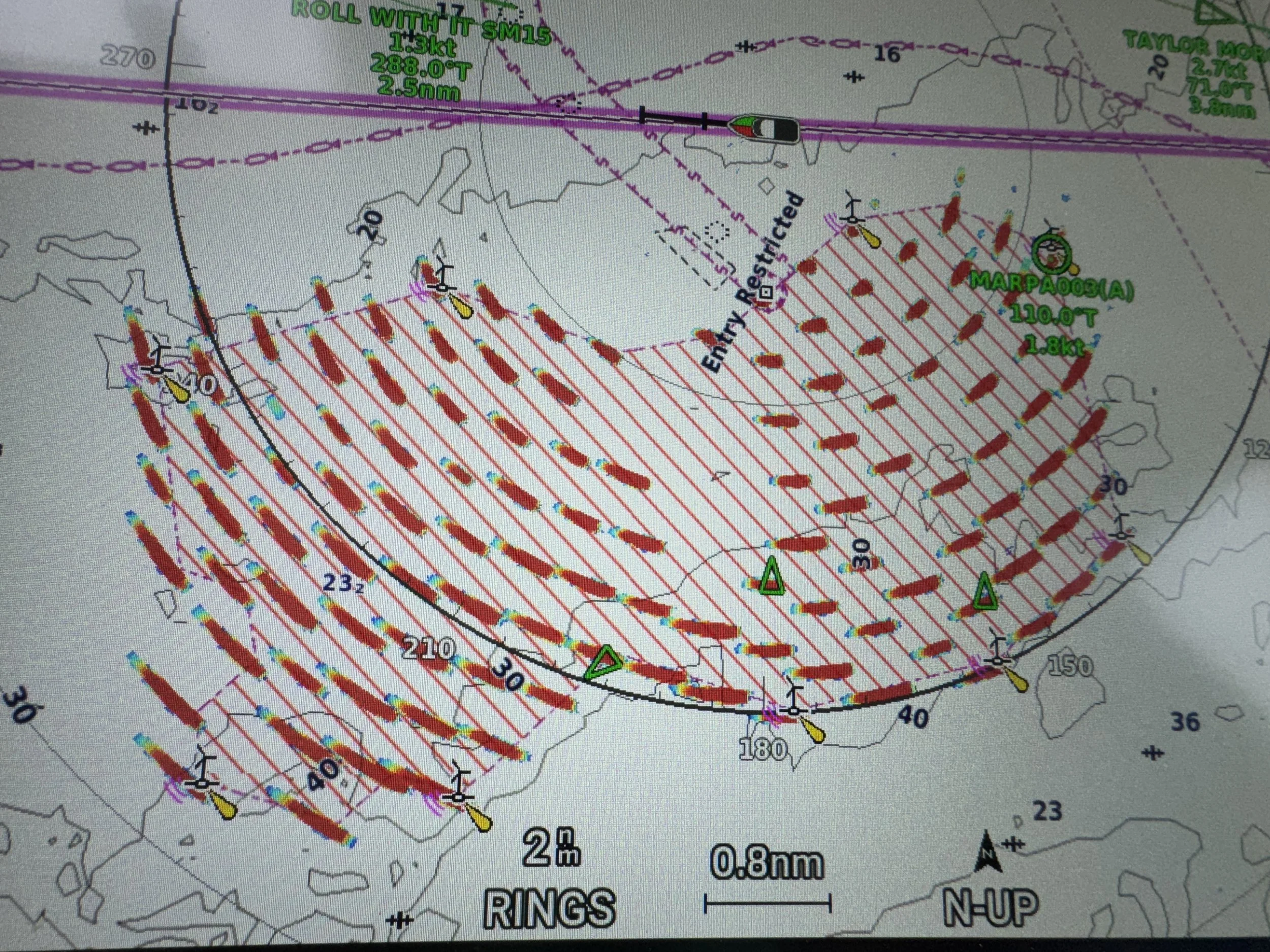

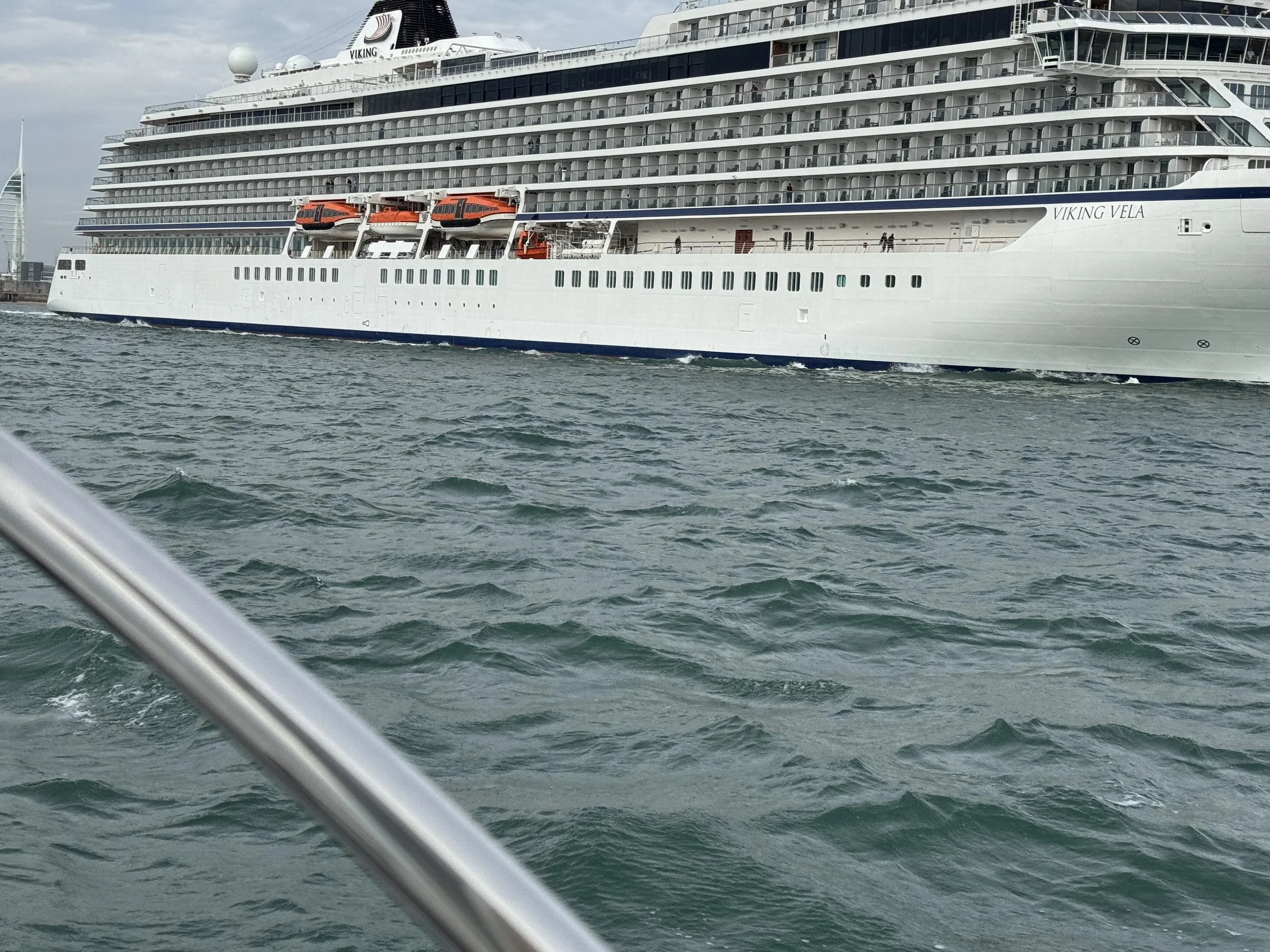
The next couple of days a major storm broke with torrential rain and raging wind which was recorded at over 40 knots out in the Solent. The wind was so strong I had trouble walking outside. We stayed busy indoors - preparing for lifting Meraki out of the water the following week. We started, of course, by making about a dozen lists: pickling the water-maker; inventorying and stowing all canned goods, emptying and defrosting the fridge and freezer; sorting through drawers, hatches, lockers; researching the process for winterizing the boat (we’d never done this); items to purchase for thorough winterizing; photographing warranty items for repair; work needing to contract out in our absence; packing for home.
We were more than ready to go exploring when Gary and his family picked us up for a day at the Portsmouth Historic Dockyard, a sprawling museum highlighting England’s maritime history. We could easily have spent a full week there, but we dedicated our time to the HMS Victory and Mary Rose Museum.
HMS Victory was essentially a floating town, with a large crew and the capacity to sustain itself for long periods at sea. The 104-gun warship is the oldest commissioned warship in the world. She displaces 3,500 tons and is 227-feet long. Approximately 6000 trees were used in her construction, 26 miles (42 km) of rope and 768 pulley blocks were needed to rig the ship. Walking through the beautifully restored ship you get a glimpse of what life would have been like for the over 800 men who lived, worked, went to battle and died on this incredible vessel.
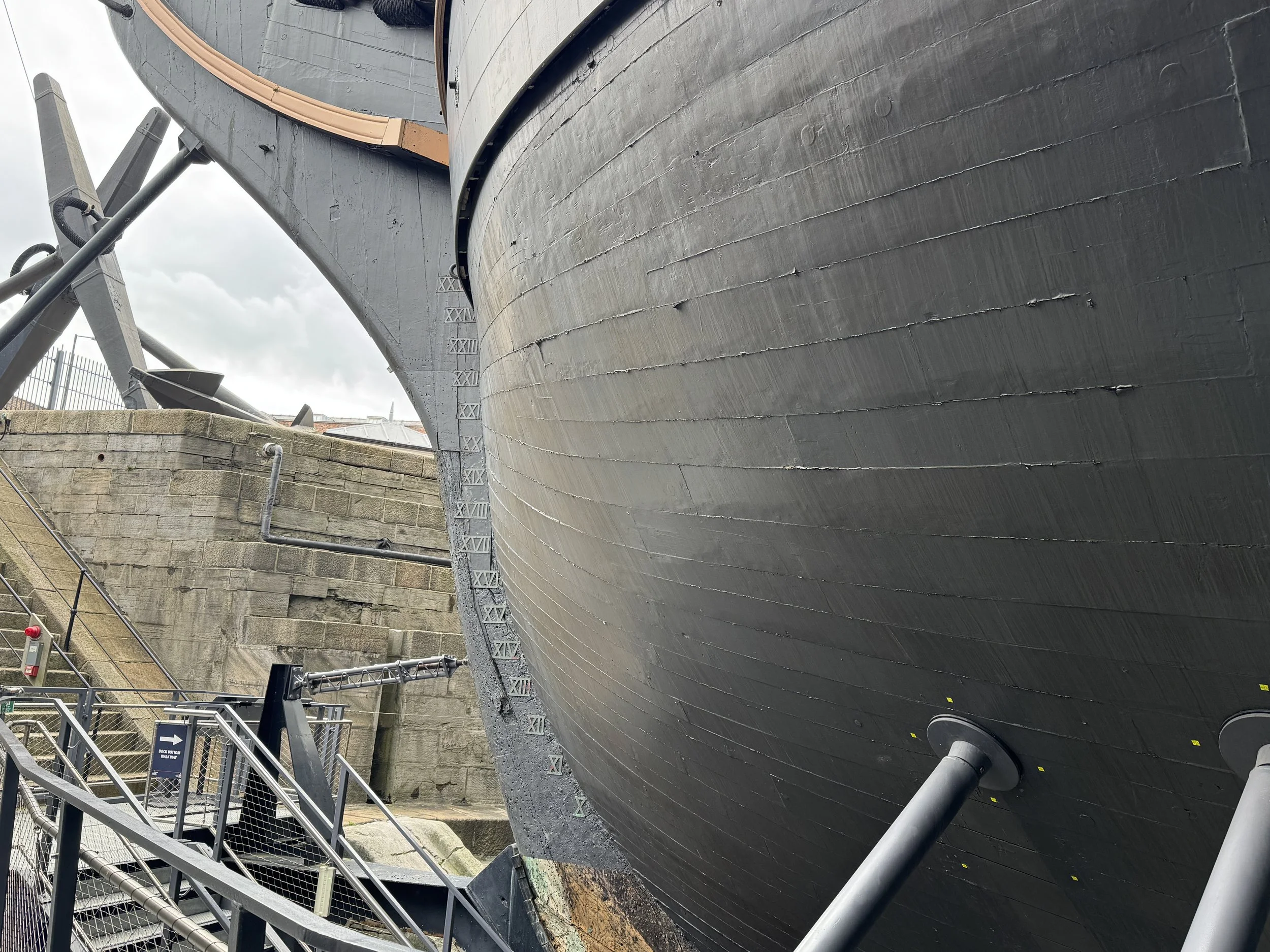
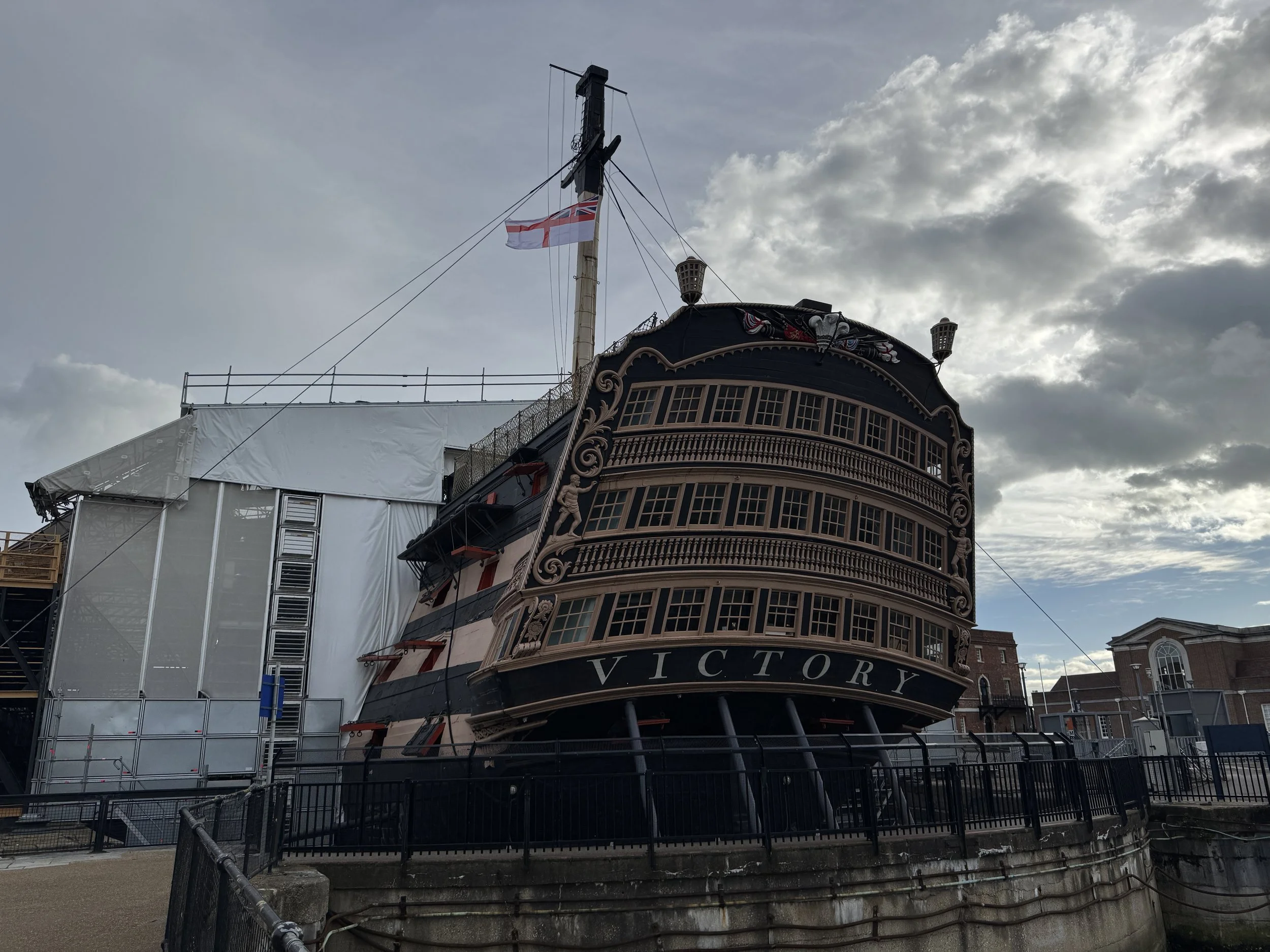
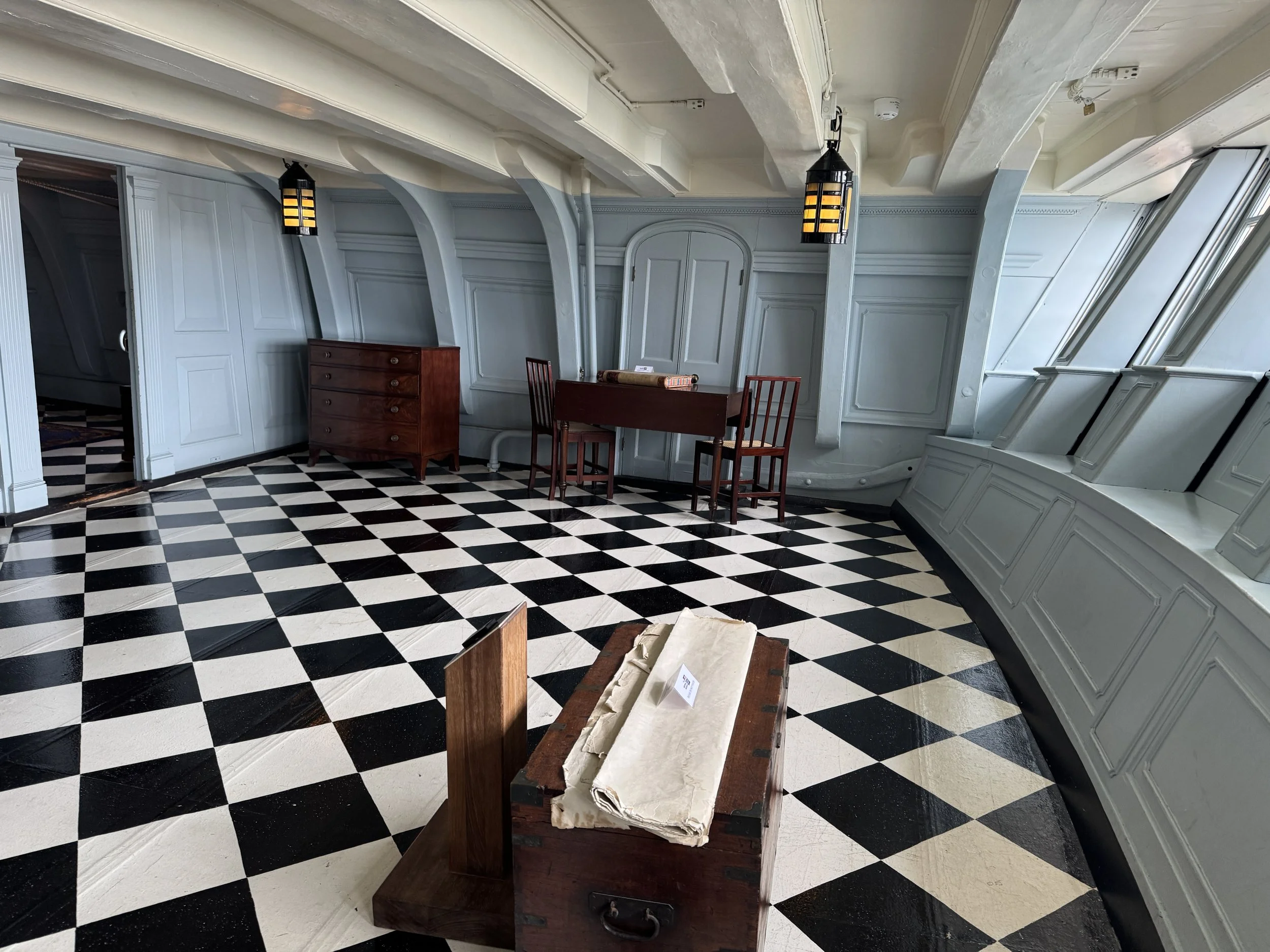

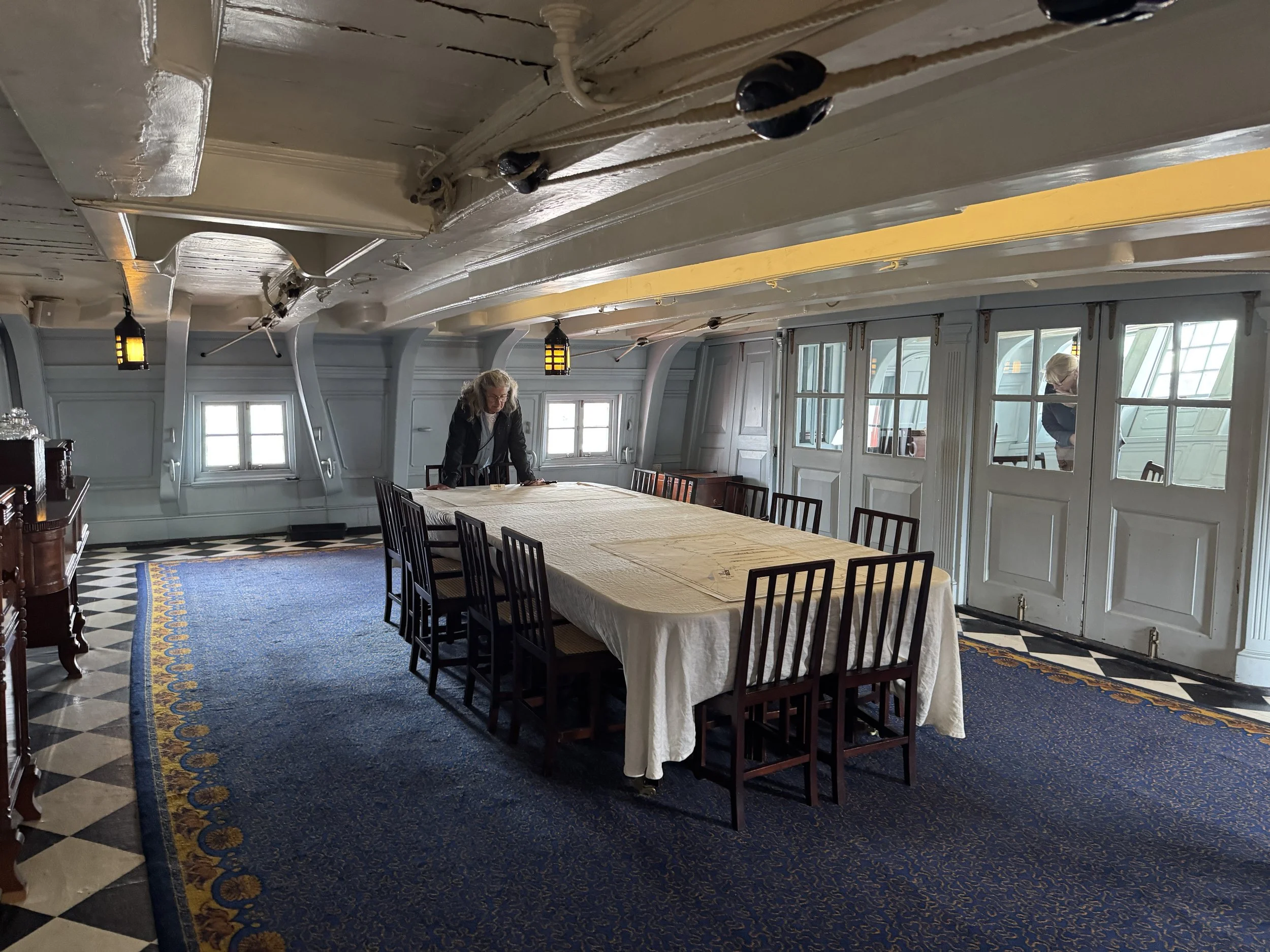
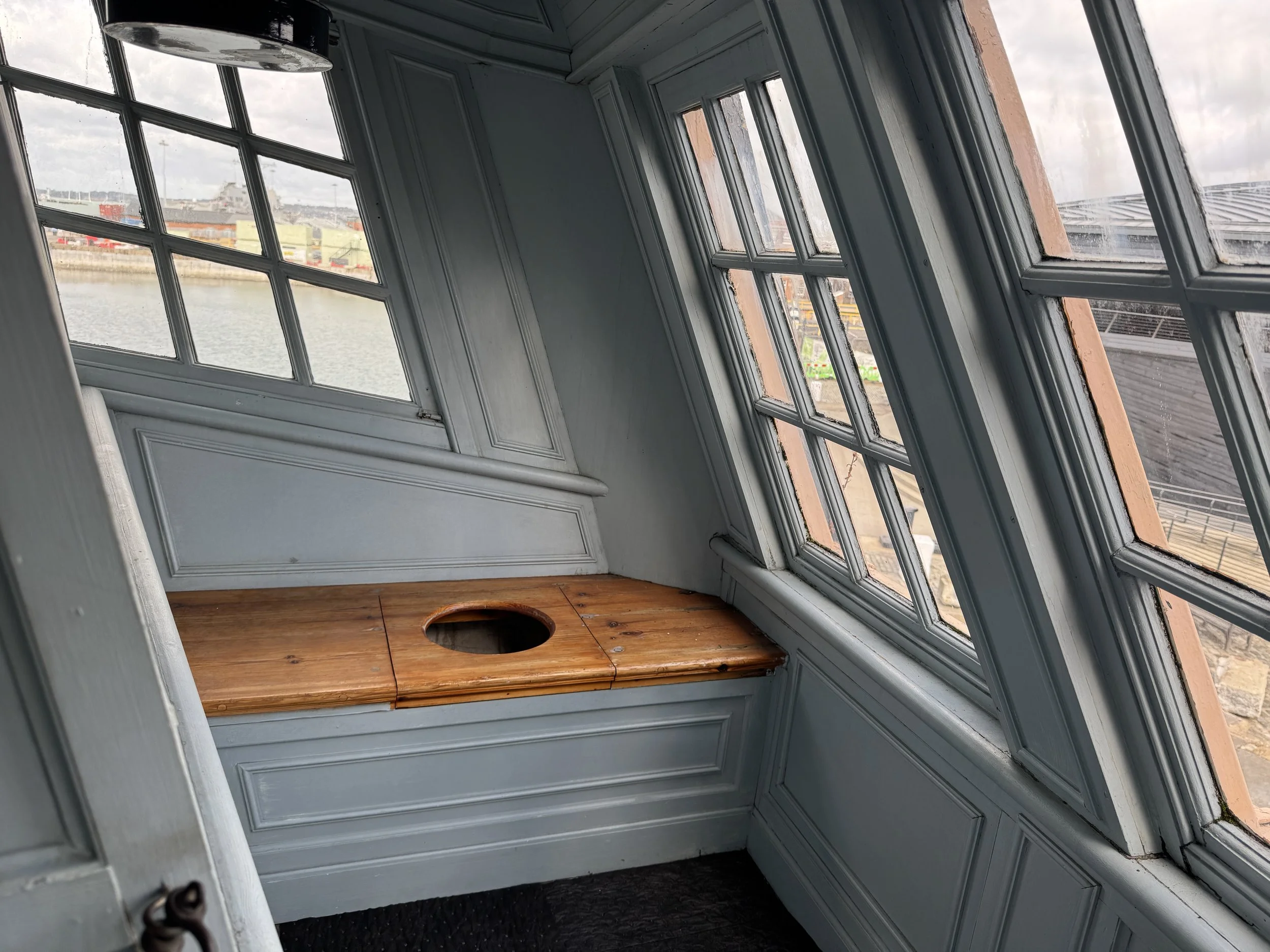
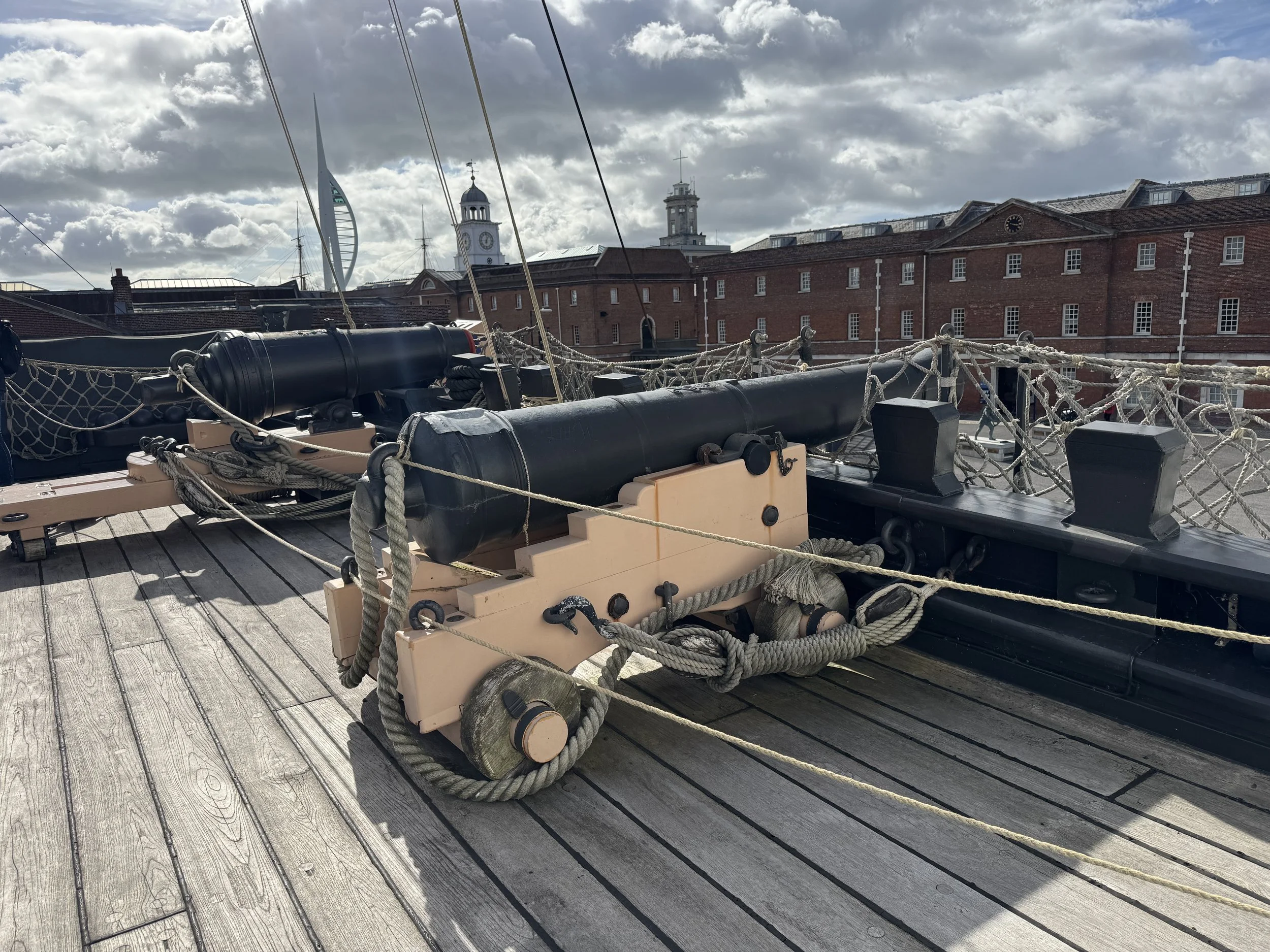




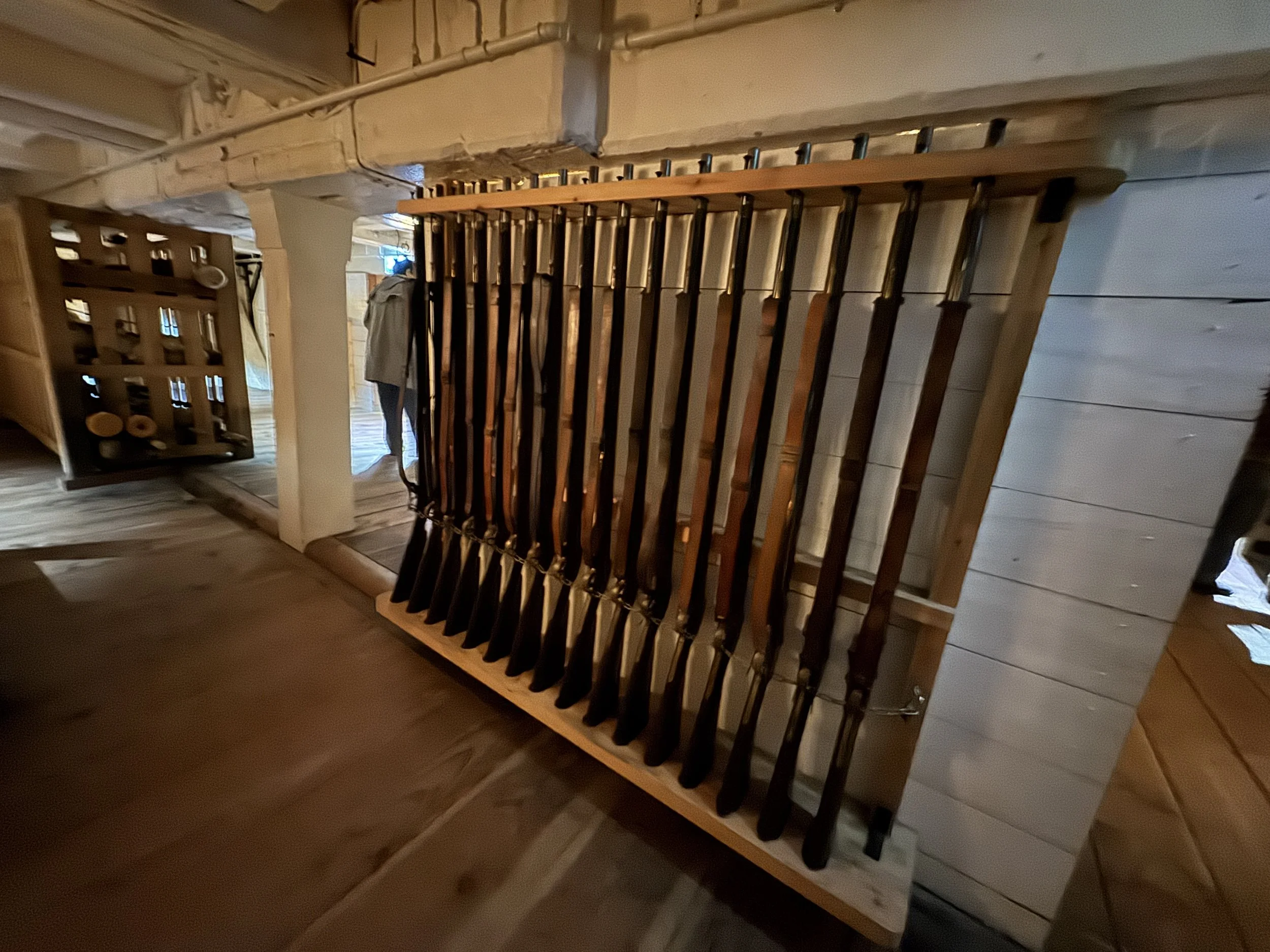









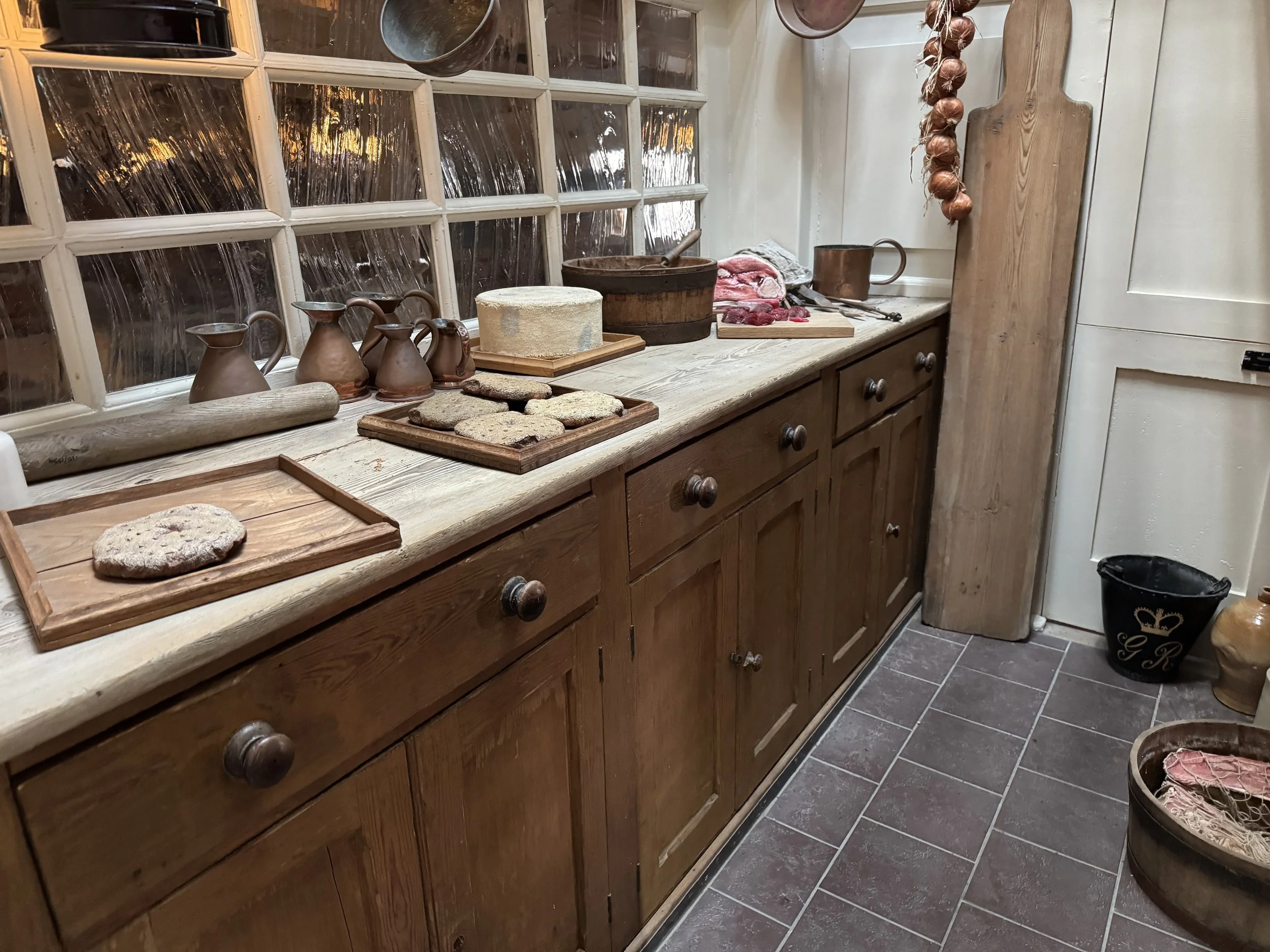
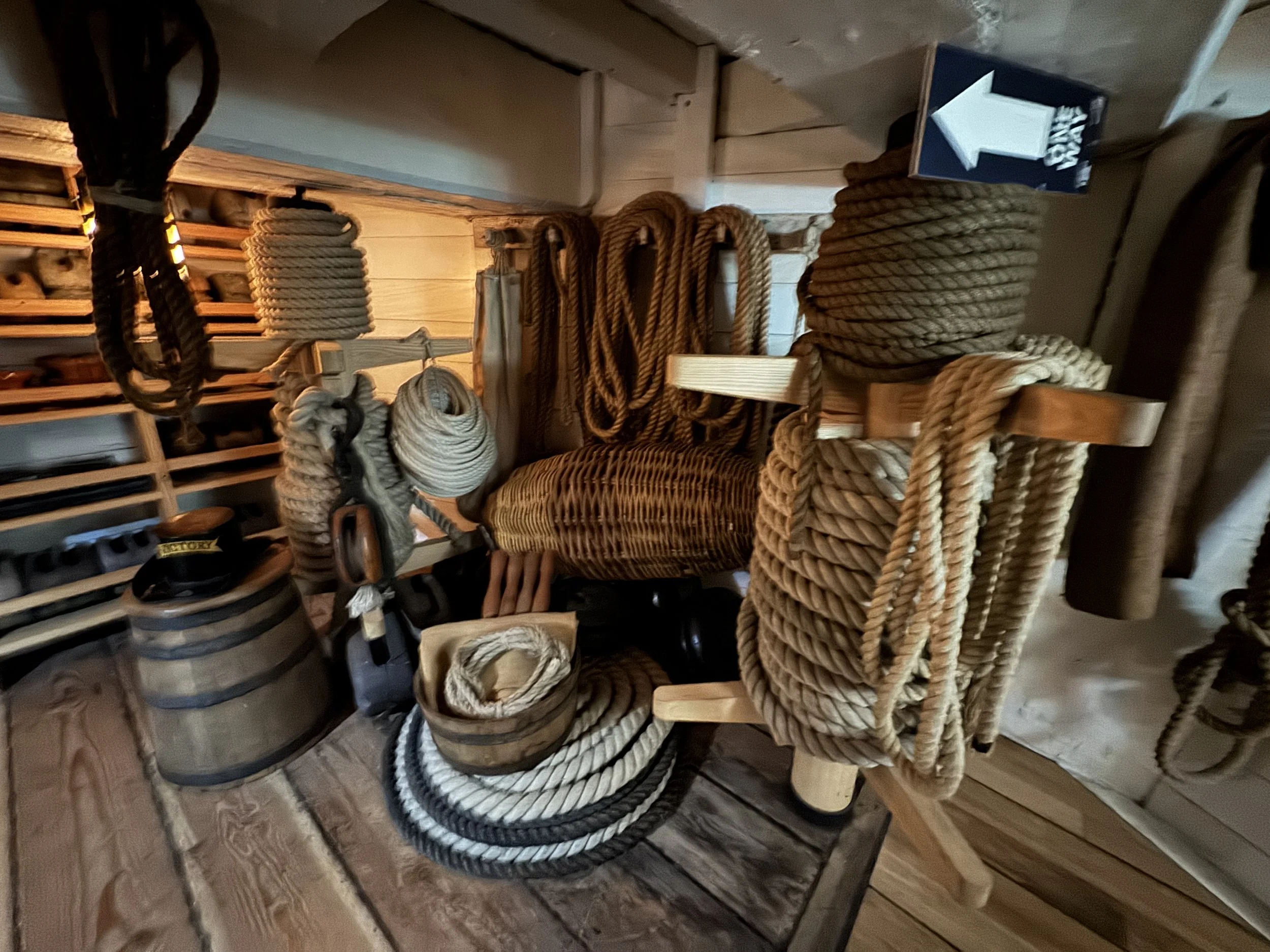

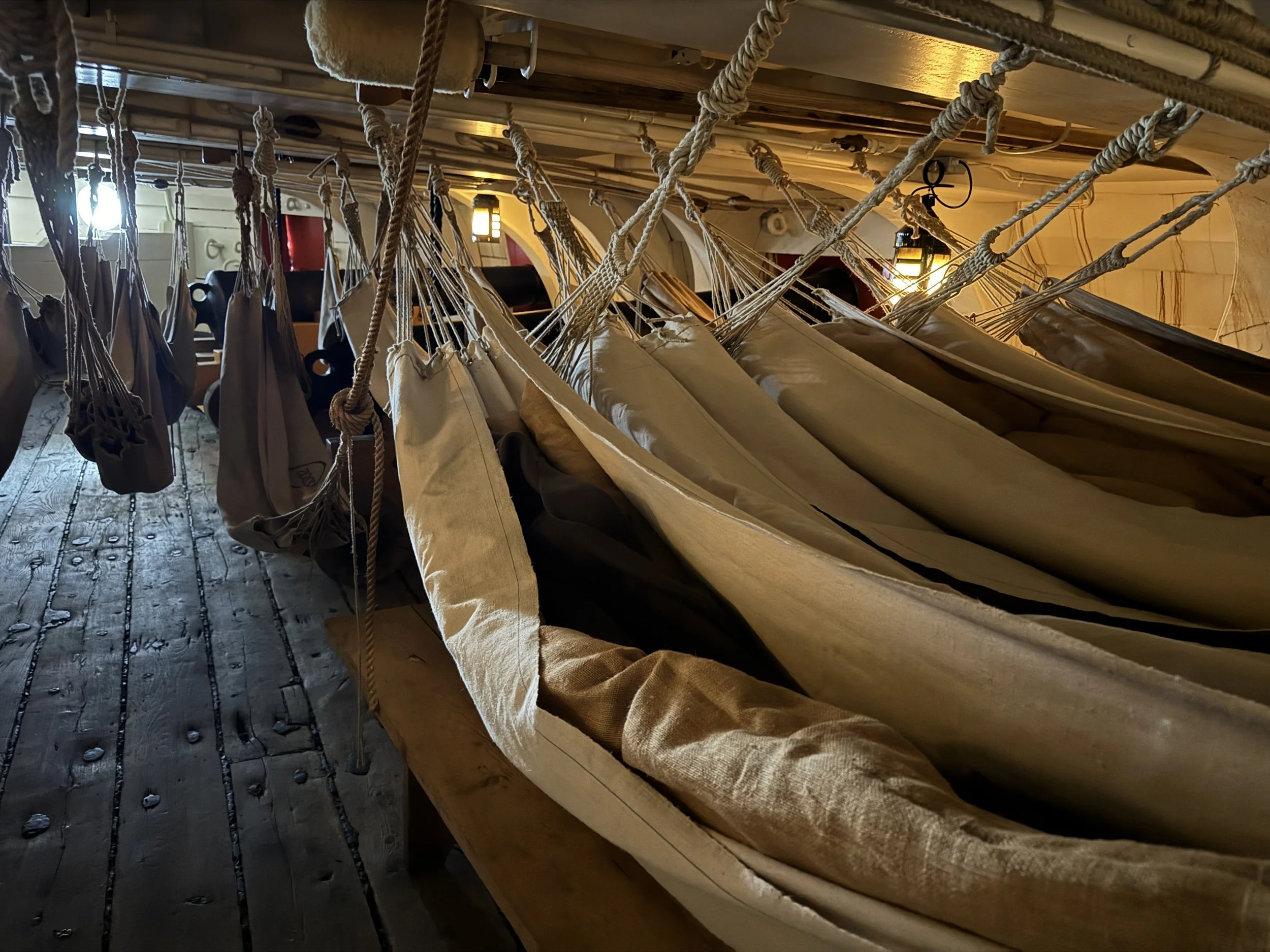
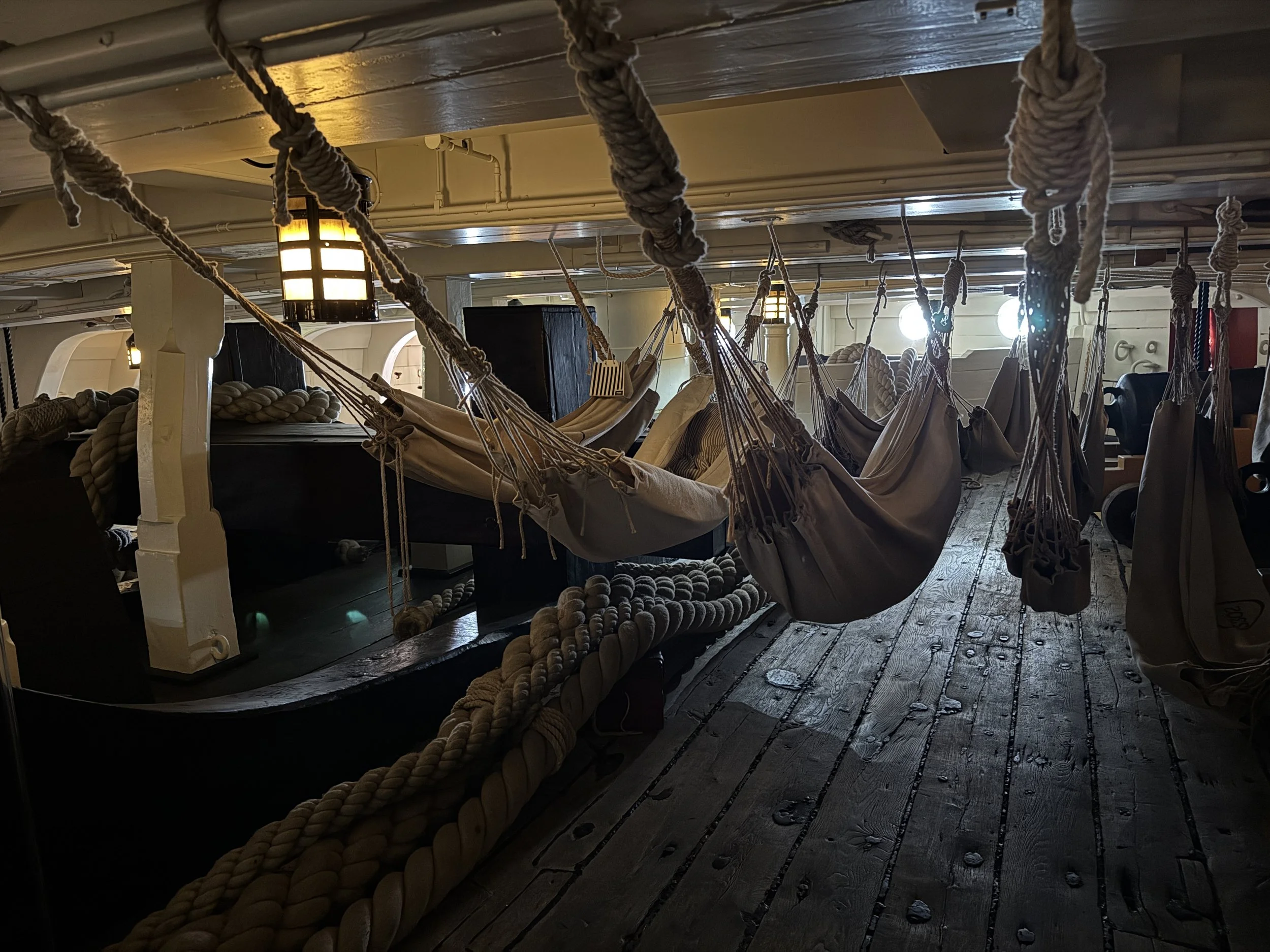
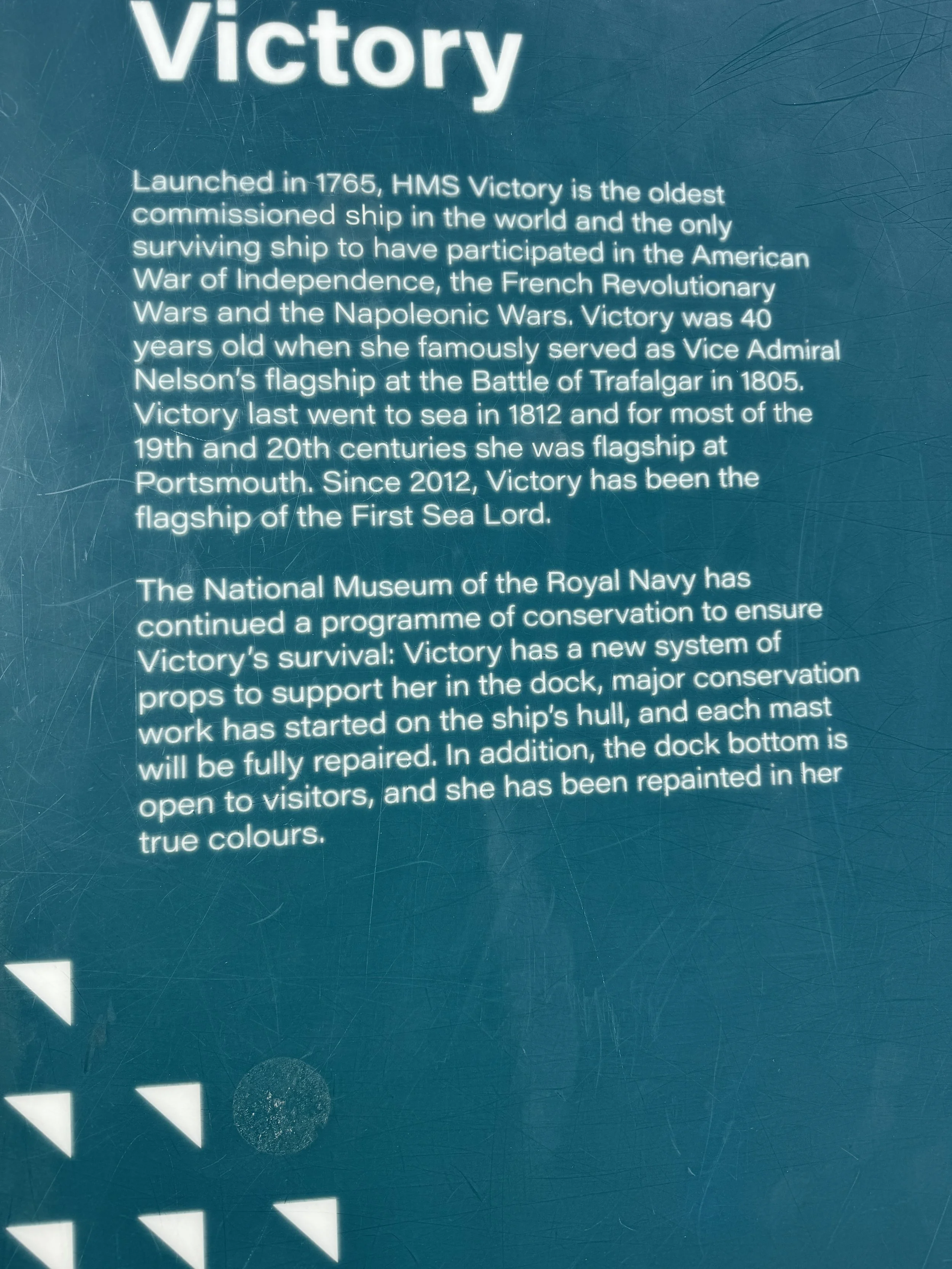
The story of the Mary Rose is nothing short of remarkable. Launched in 1510, she was Henry VIII’s flagship and for almost thirty-five years this vessel was at the forefront of the King’s navy, right up until the sighting of a French fleet off the Isle of Wight that led the Mary Rose to head out of Portsmouth Harbor whereupon it capsized in full view of Henry. Only about 30 of the roughly 500-man crew survived.
She sank in 1545 in the Solent. The wreck of the Mary Rose was lost for over 400 years. She was raised in 1982 after years of searching for her. A team including divers, archaeologists, engineers, and scientists was needed to excavate and raise the ship. The scale of the excavation was unprecedented and required tremendous ingenuity and innovation. It set new standards in underwater archaeology (survey, photography, and excavation) and in conservation.
Only half of the Mary Rose remained - the ship had laid on the seabed on her side so the exposed section of the ship was ravaged by time, tides, fishing nets, sea creatures and everything else over the centuries. What endured had been covered by the protective mud of the Solent. The port side had rotted away while the starboard side was protected by the silt.
The museum is truly a marvel and is accessible to all ages through interactive games, video and audio guides, and holographic imagery describing everything from the decades of searching for the lost ship, the phenomenal discovery, years of planning how best to raise her from the seafloor, to the incredible and time consuming ongoing efforts to preserve the remains and over 19,000 artifacts (including personal items like shoes, combs and musical instruments, weaponry such as swords and cannons, and other finds such as medical and navigational tools and cooking utensils and plates. Regardless if maritime history is generally of little interest - I highly recommend a visit to the Portsmouth Historic Dockyard if you find yourself in the area.
After a super fun day, we said goodbye to our friends and returned to Meraki where we readied ourselves for our final voyage of the year. The next morning we slipped through the lock and out of the marina on a rising tide. Both Portsmouth Harbor and the Solent were relatively quiet that morning and we altered our course in the open waterway, heading more directly to the River Medina estuary which flows into the Solent on the Isle of Wight in the town of Cowes.
The river is 17 km long (10 miles) and extends to the town of Newport. It is navigable for its entire length but access is dependent on tides and the draft of your vessel. Thankfully we would only be traveling about halfway. We passed the chain ferry where the channel is flanked by port and starboard jetties and pontoons. The channel then starts to narrow and becomes abruptly shallow, the thalweg (the fastest flowing part in a channel - a word Tom recently taught me) is found 20 meters (65 ft) out from the side of the river pontoons on the starboard side. We could tell that the boats moored between the shore and the pontoons routinely went aground for several hours before and after each low tide.
Island Harbor Marina stands on the east bank of the river in a rural secluded valley. From around one hour before until about two hours after the high tide, the marina lock is open - there is free flow of water through the lock. We arrived just as the free flow began, passing the distinctive hexagonal lock tower at the marina entrance and slid into our berth.

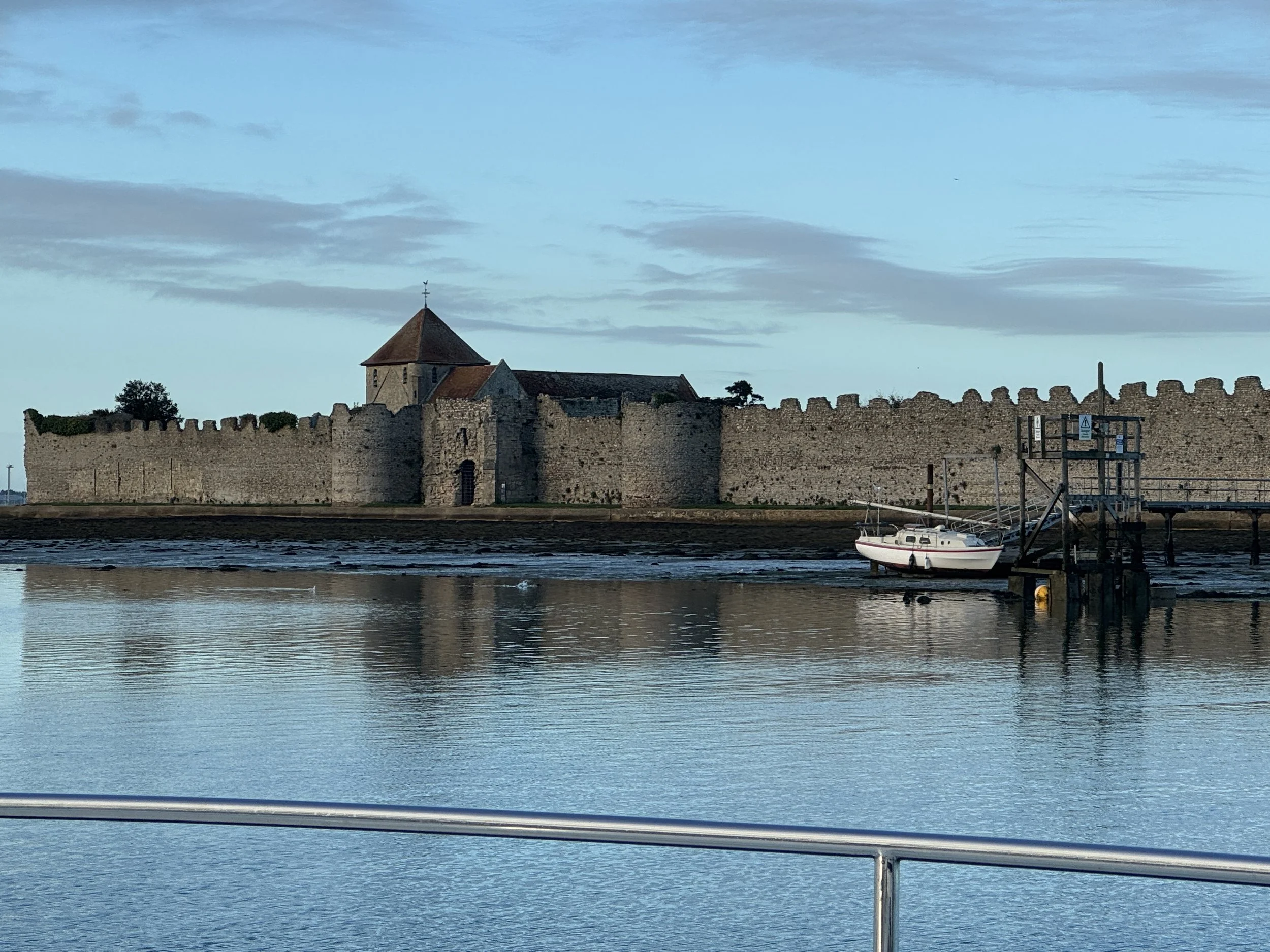
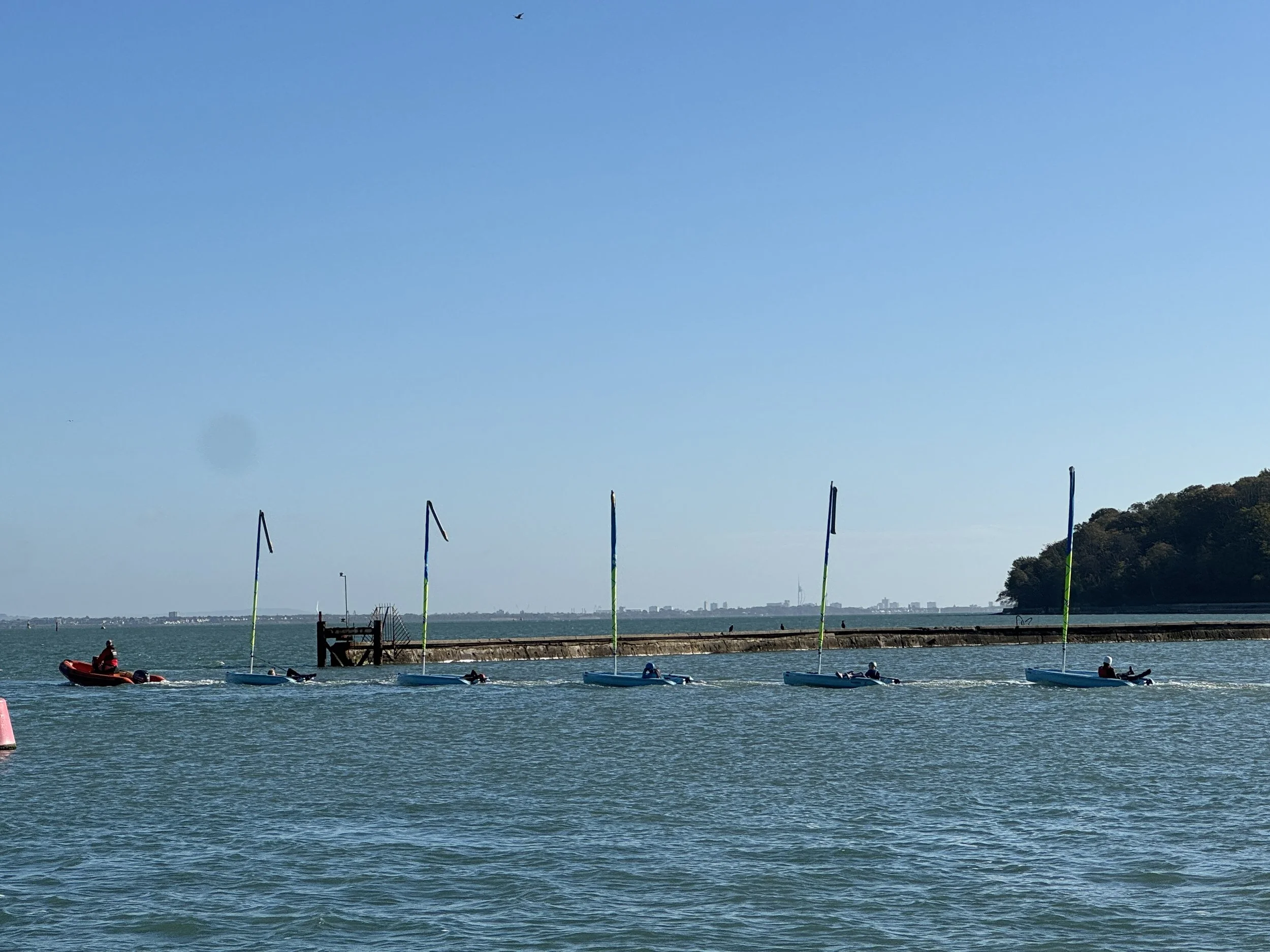

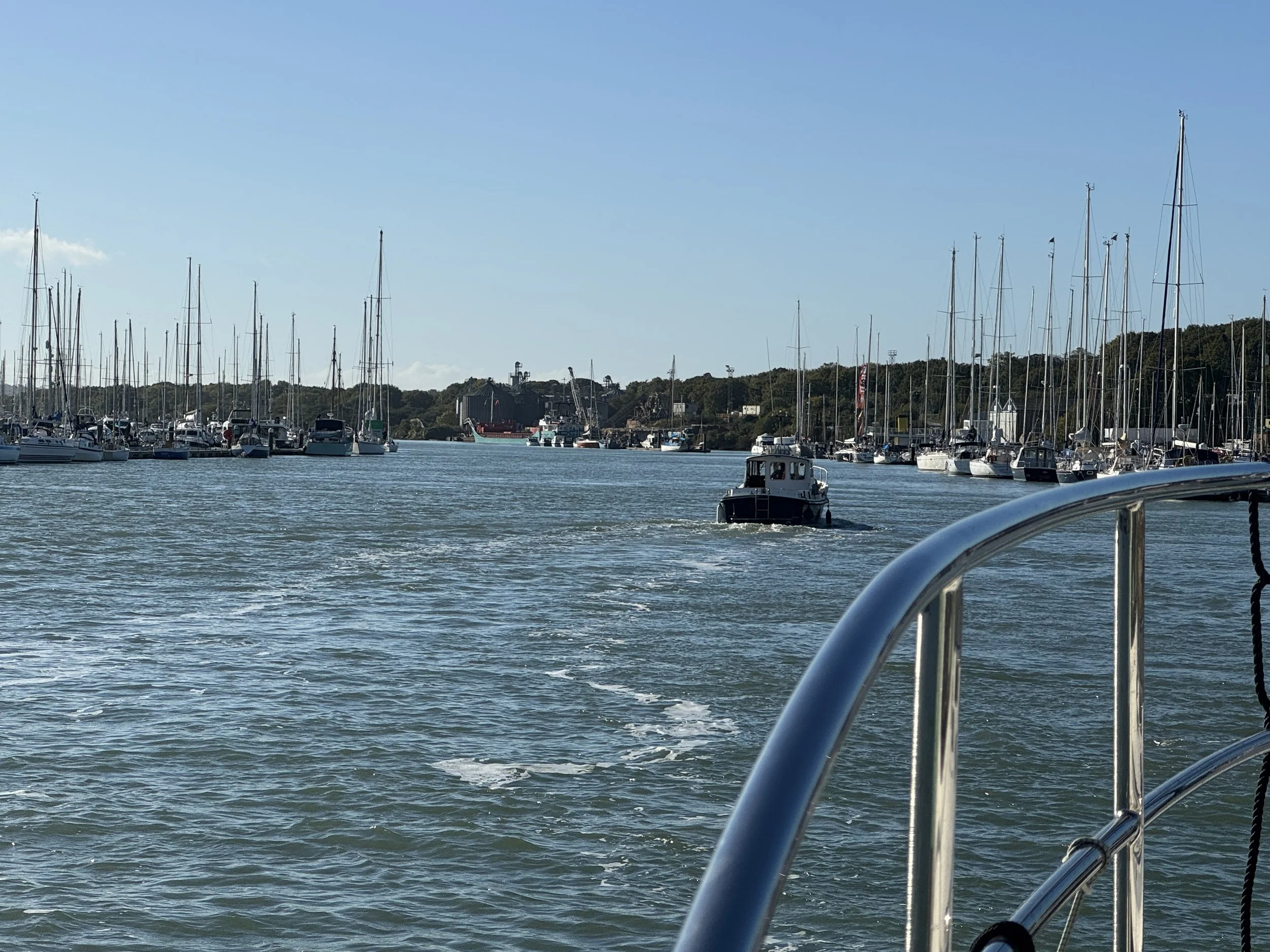

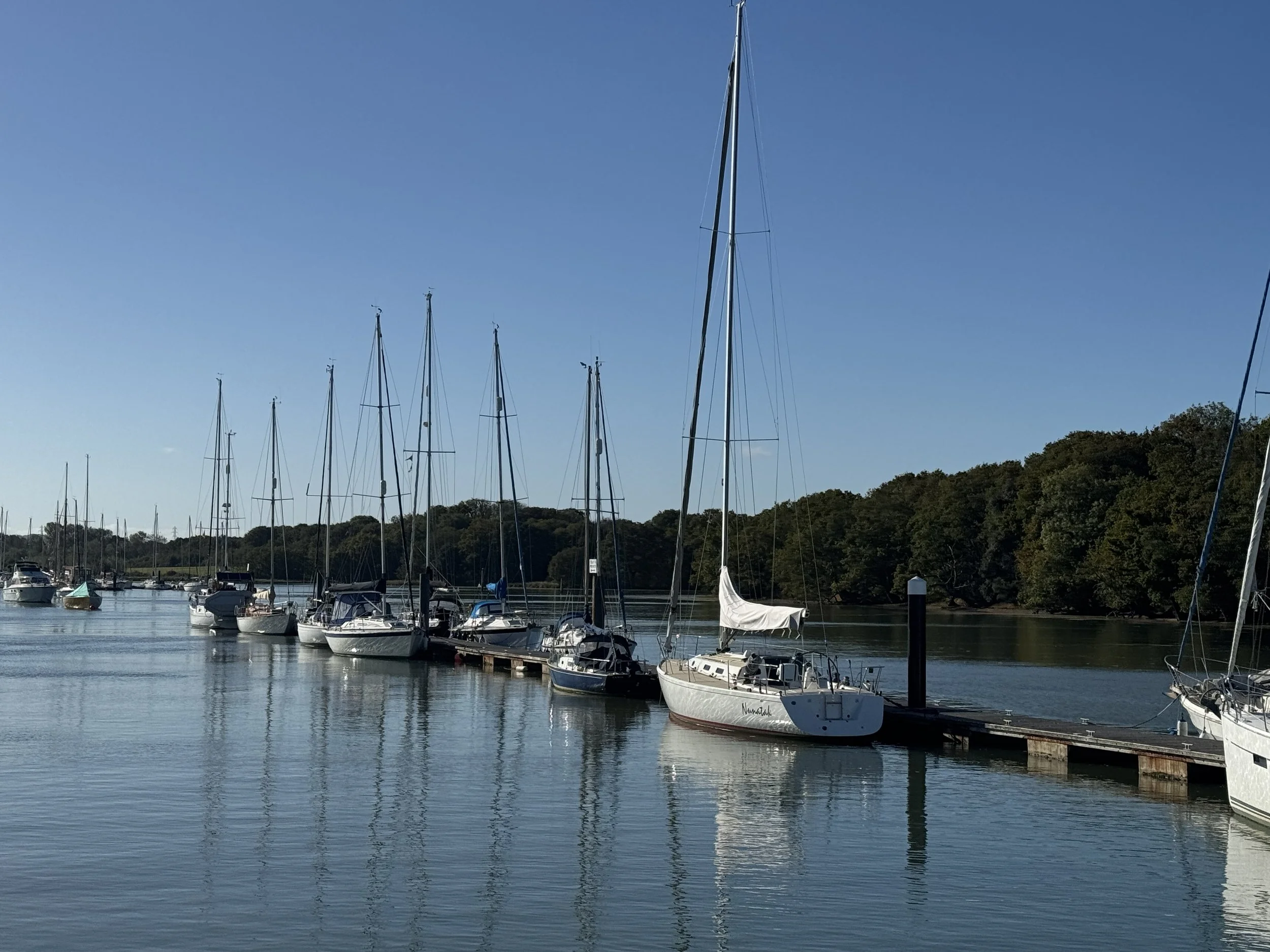
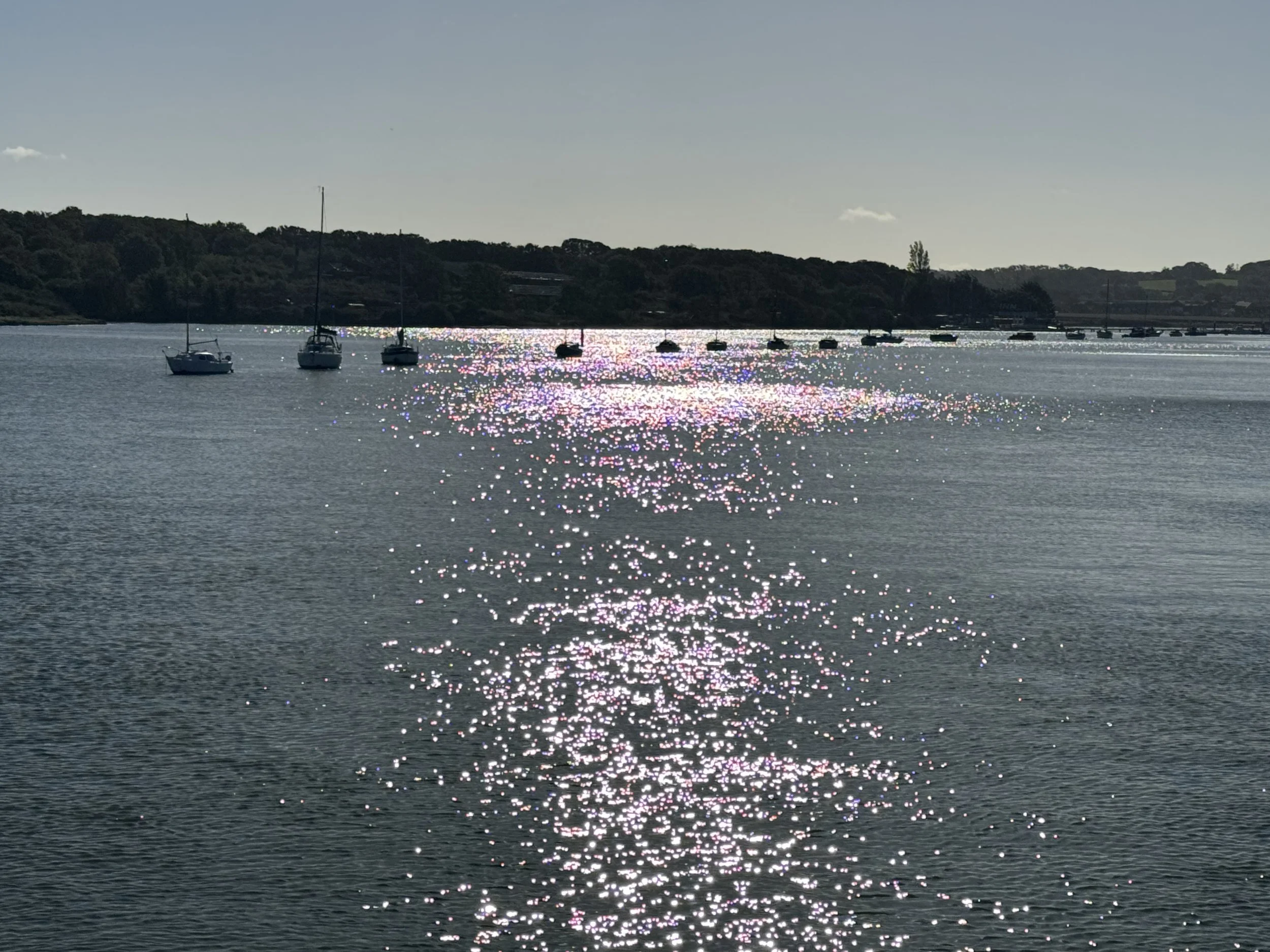


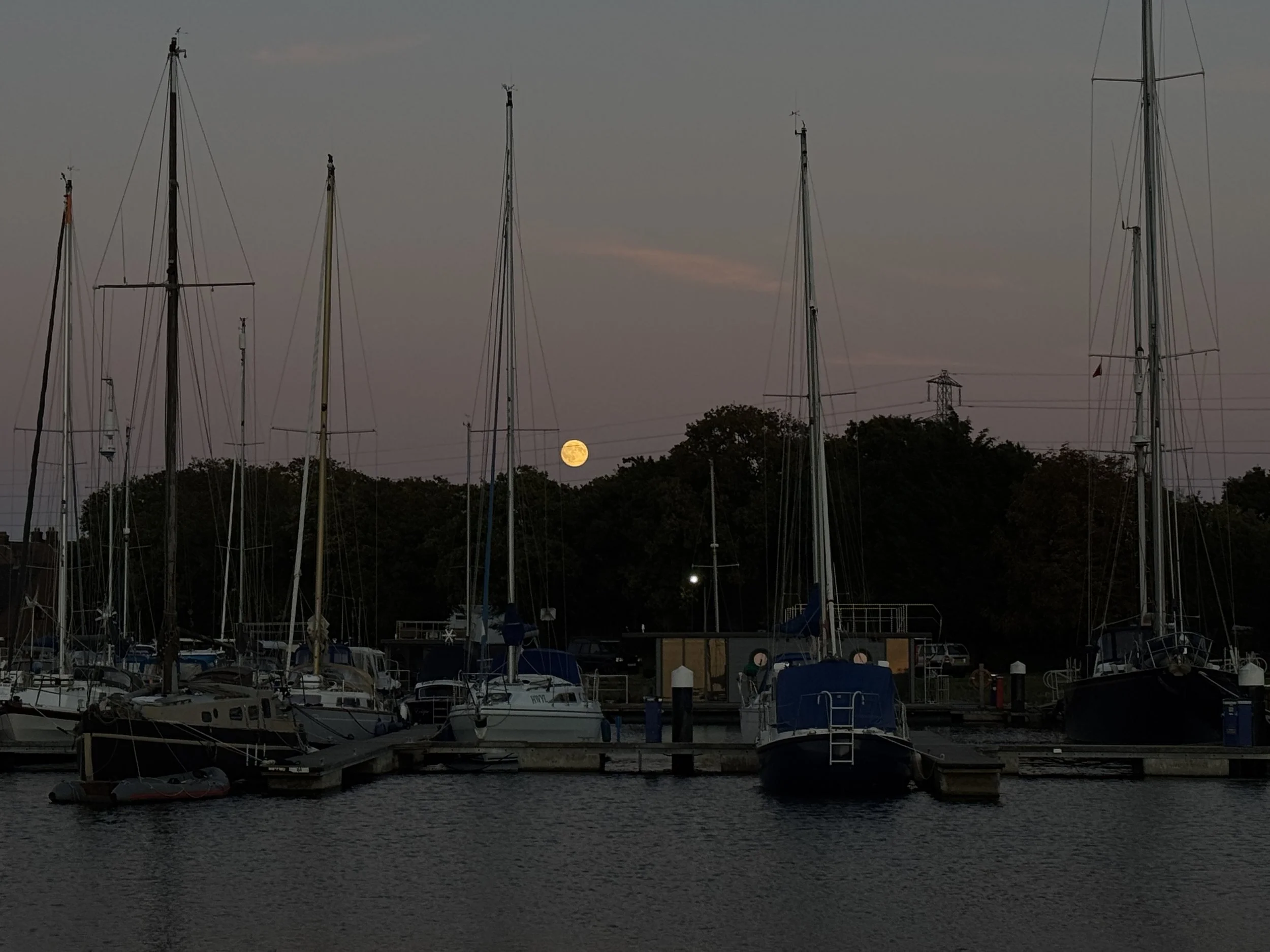
We met with Myles whom we’d hired to do guardianage in our absence. He will do weekly checks while Meraki is in dry dock, checking bilges & bilge pumps, shore power and battery chargers. Meraki was lifted out of the water and we were pleasantly surprised to discover she’d fared so well through the many groundings in the French canals.
We finalized our winterization over the next couple of days, taking time to explore the town of Newport. As we had moved into a hotel and emptied Meraki of all foodstuffs we had an opportunity to discover some extraordinary restaurants as well as a coffee shop we may have eaten at no less than five times.
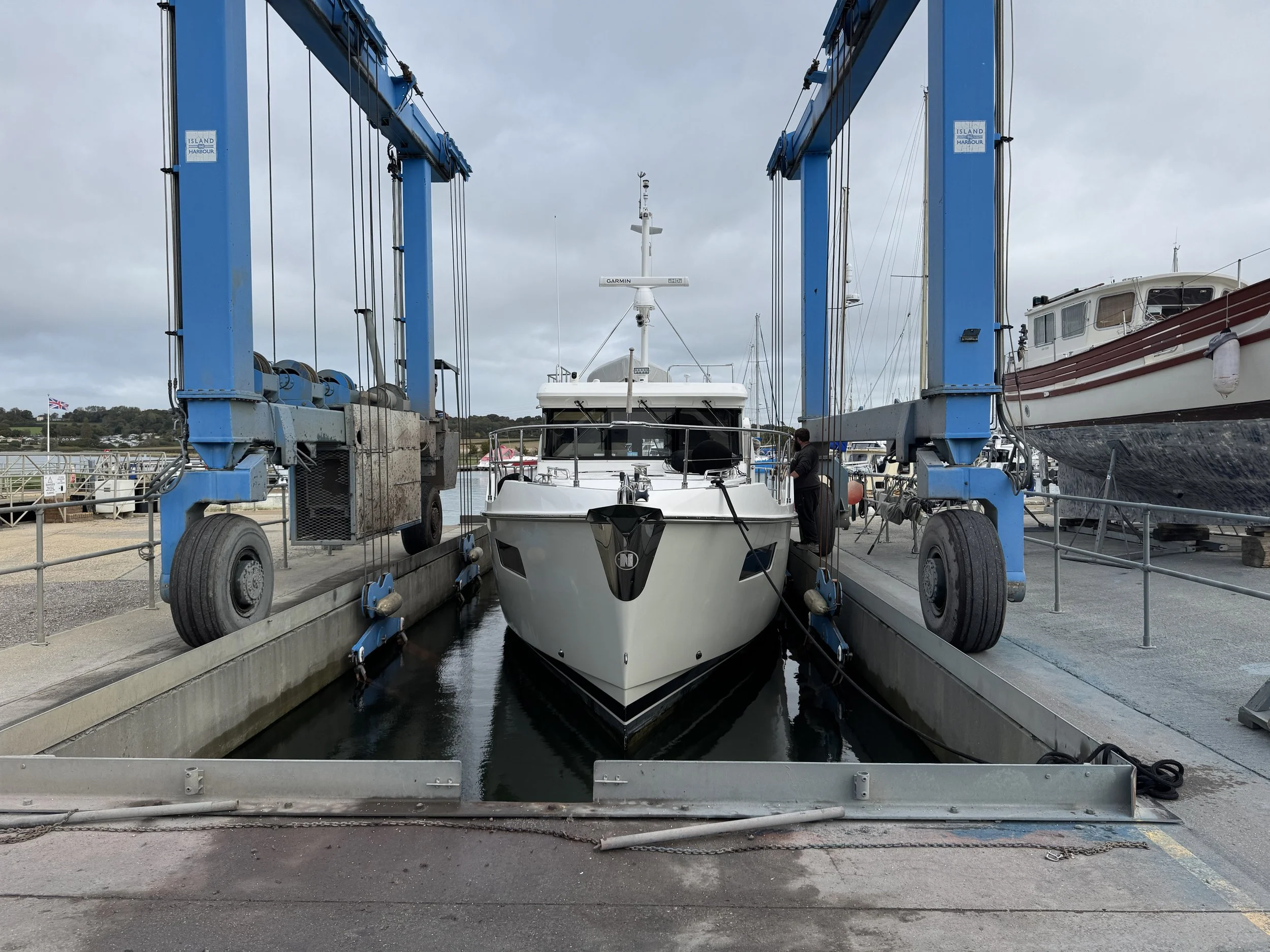


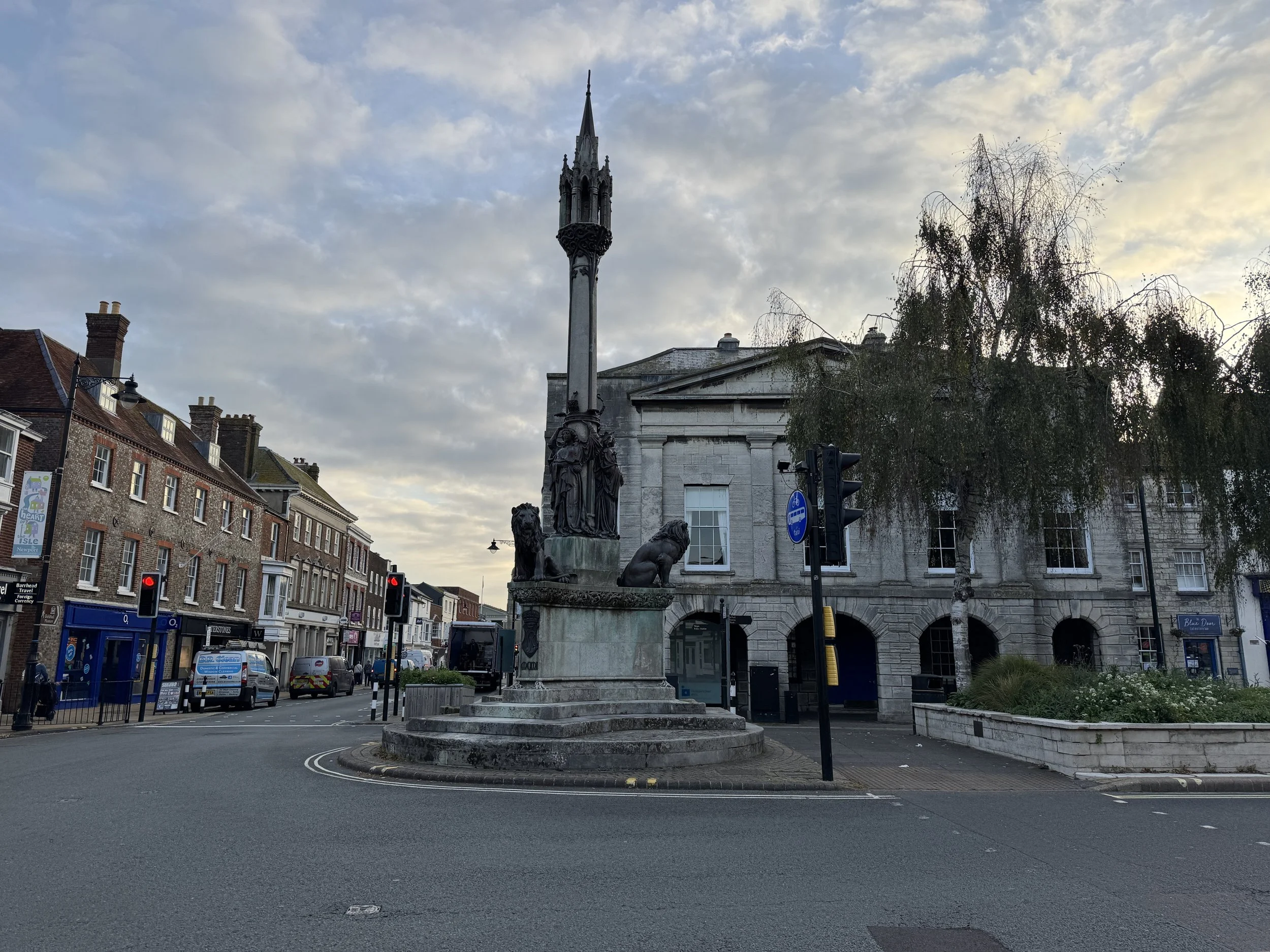


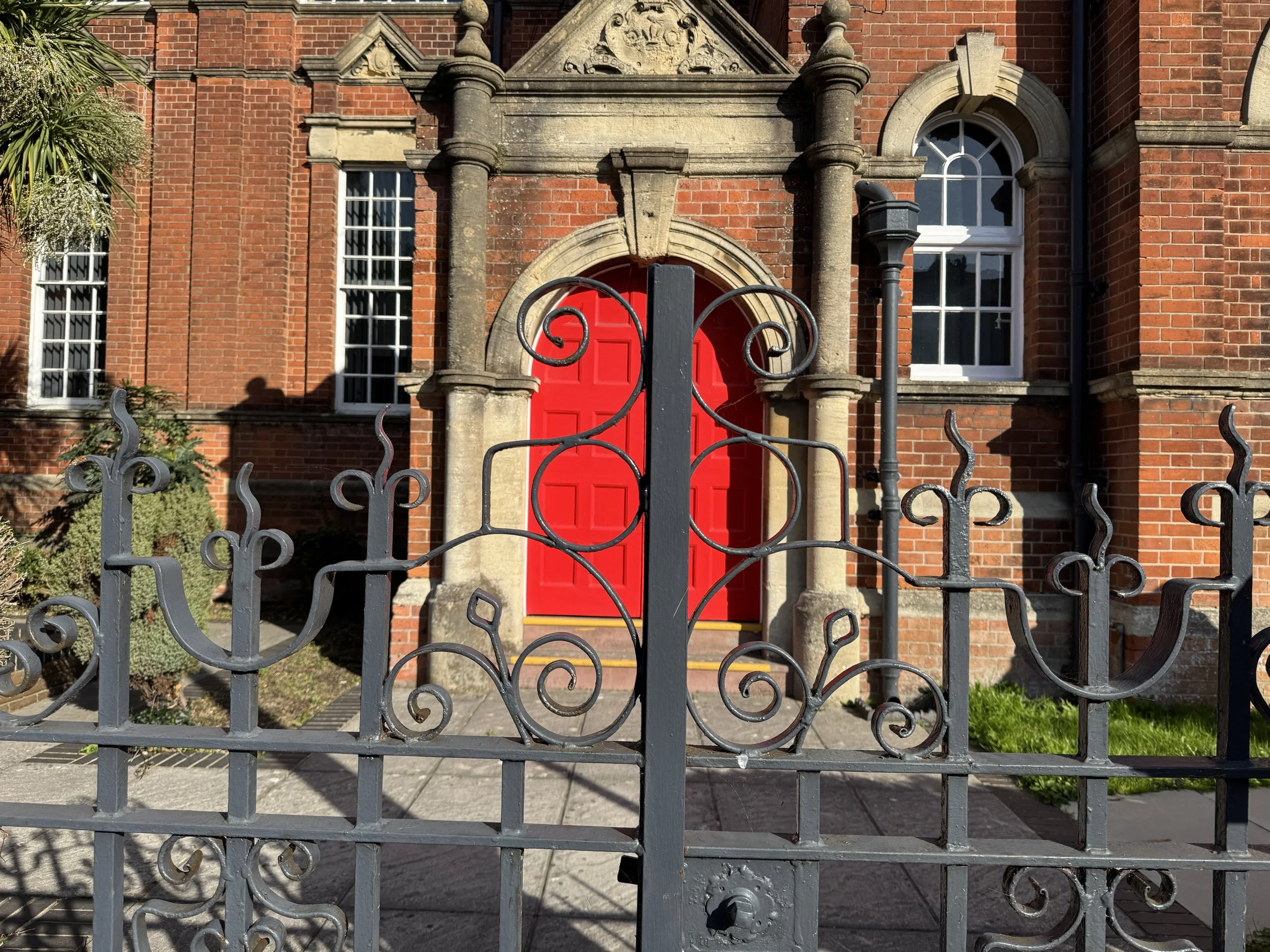
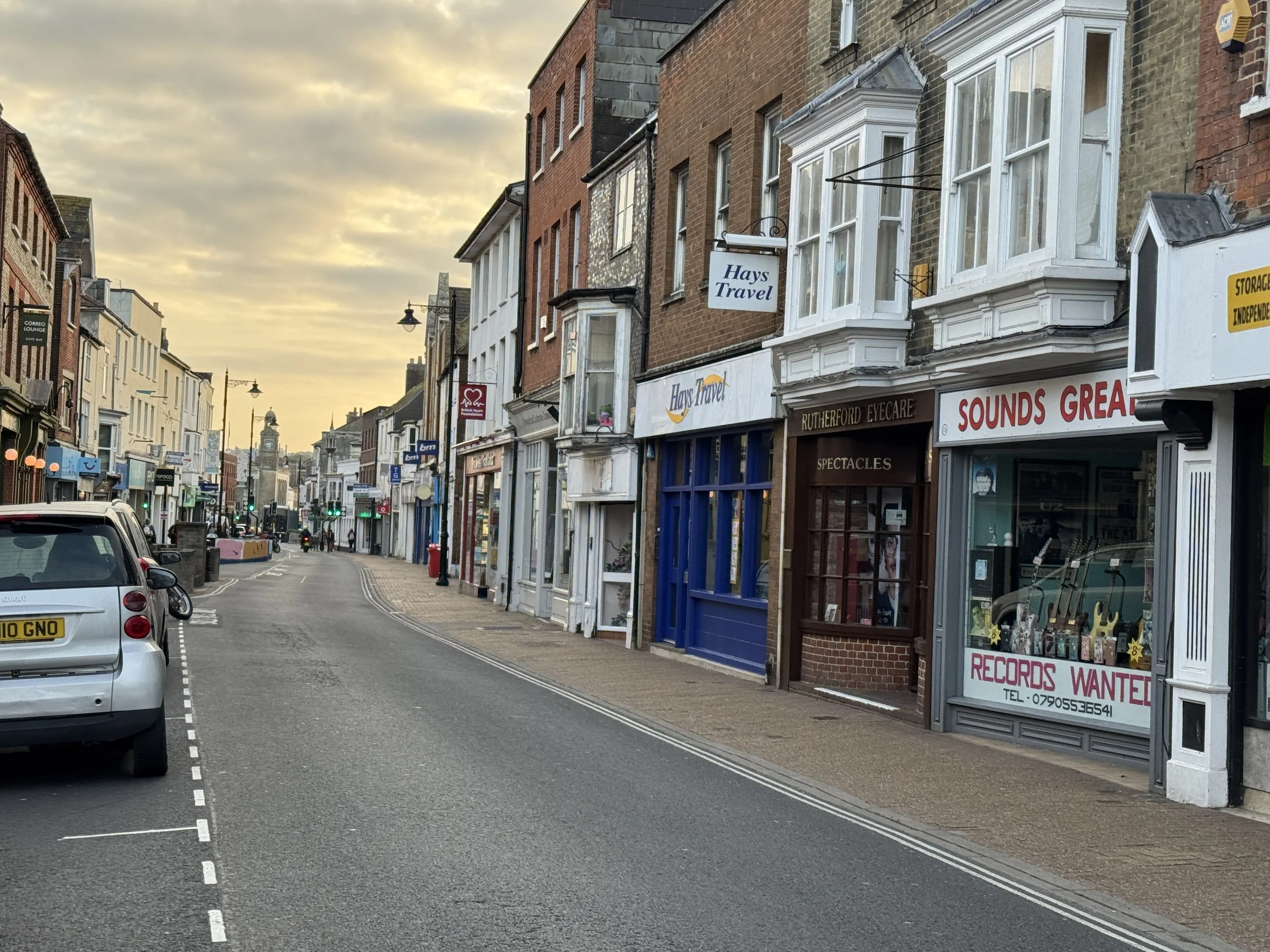
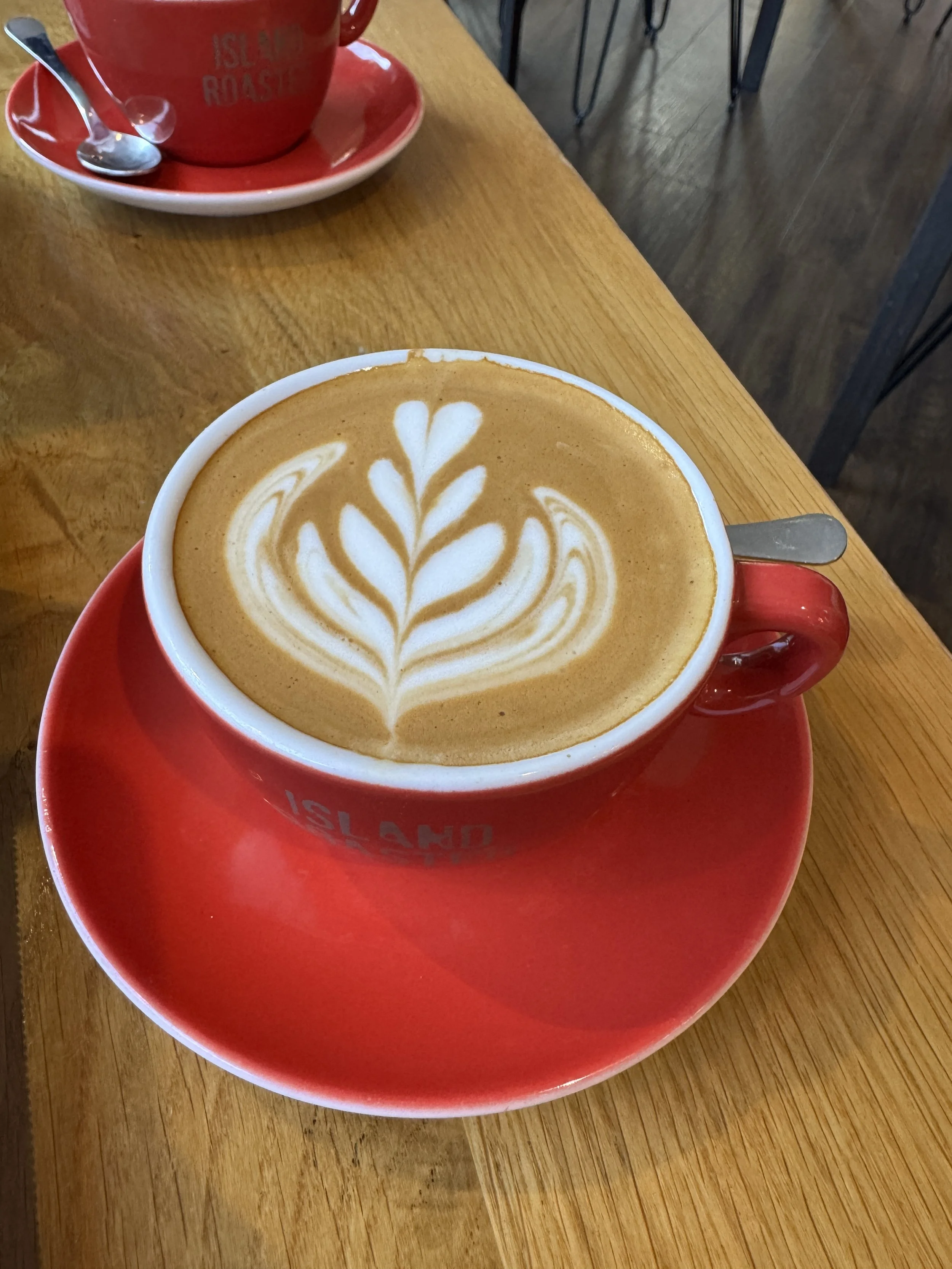
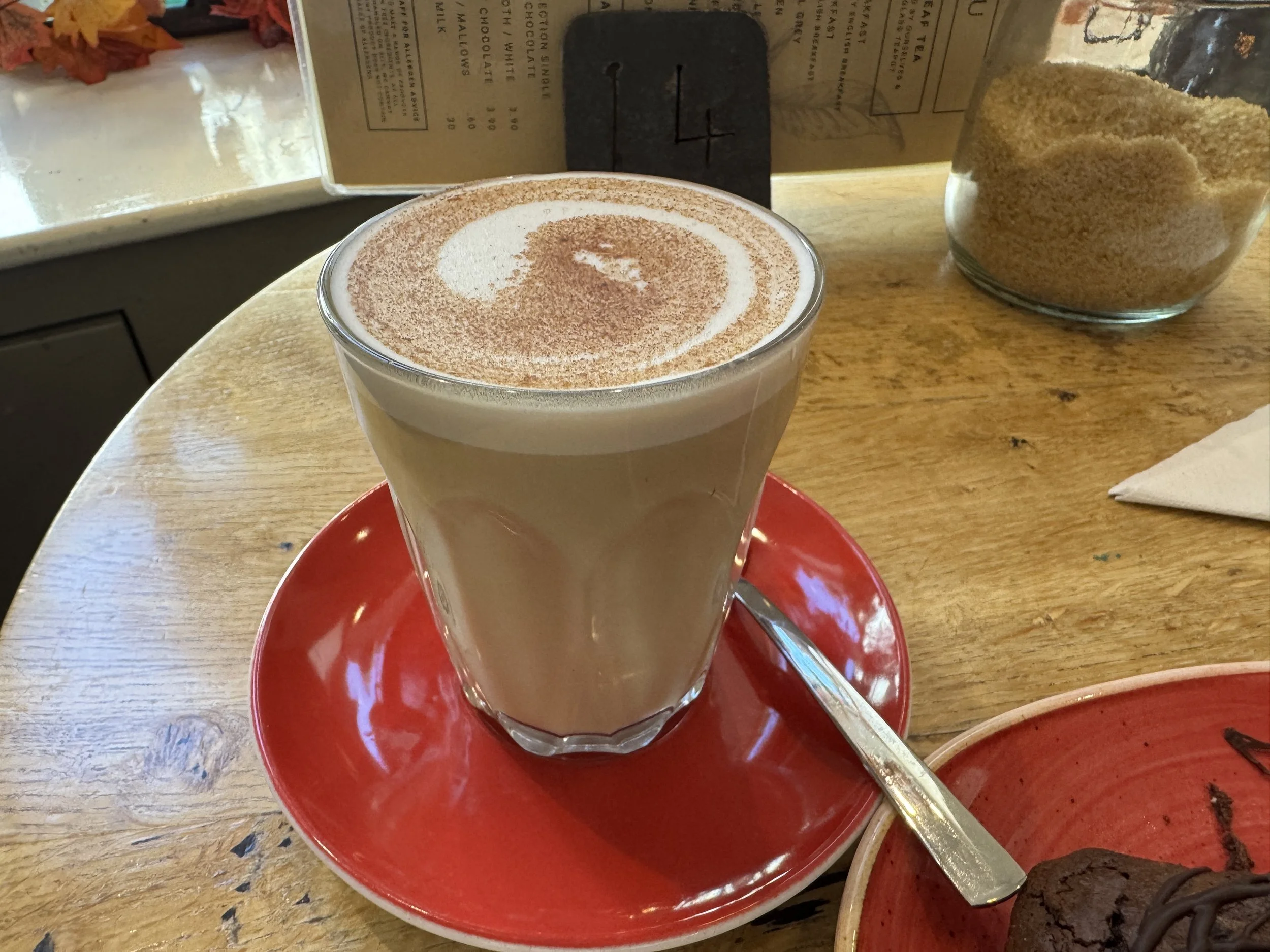

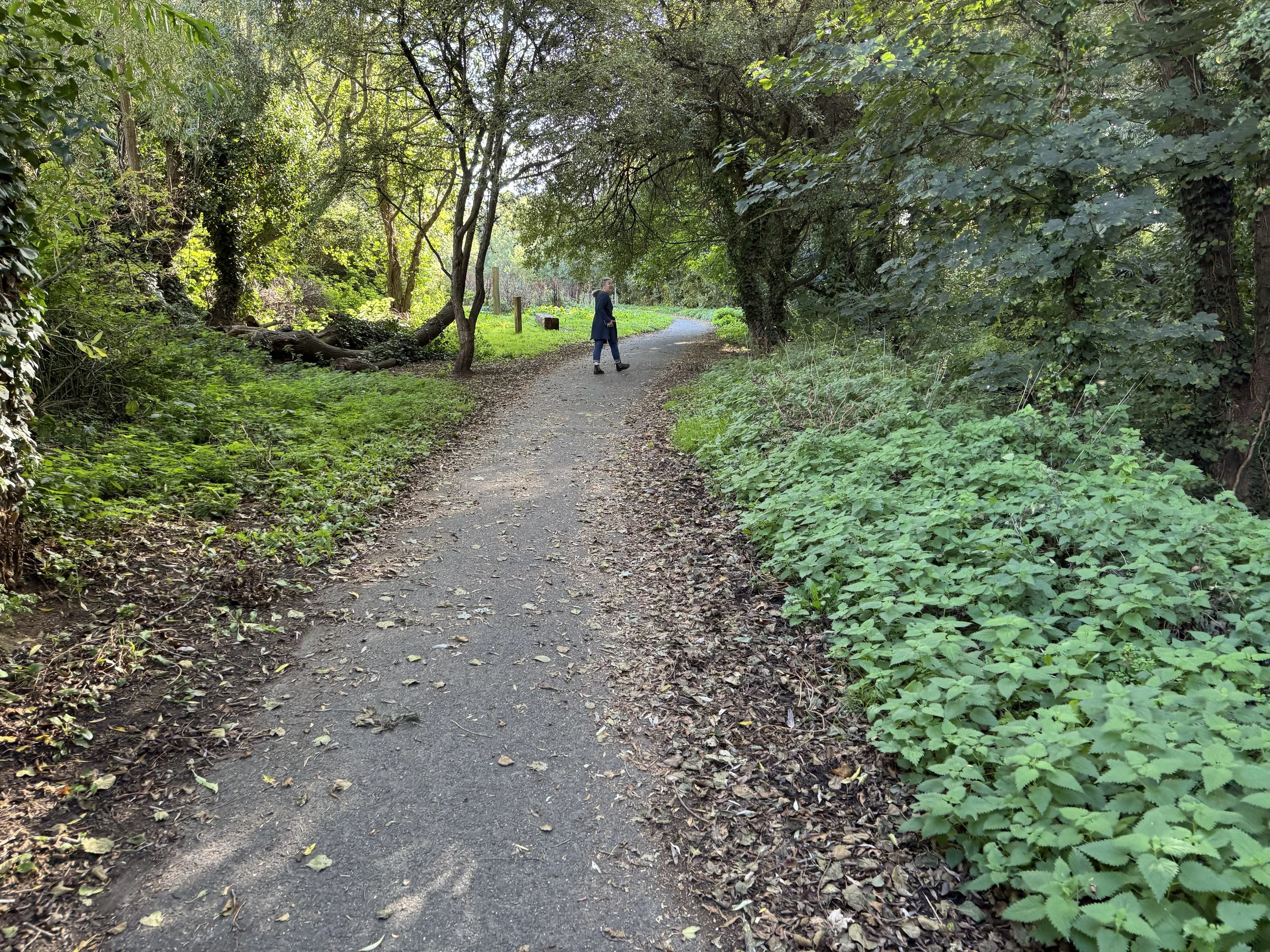


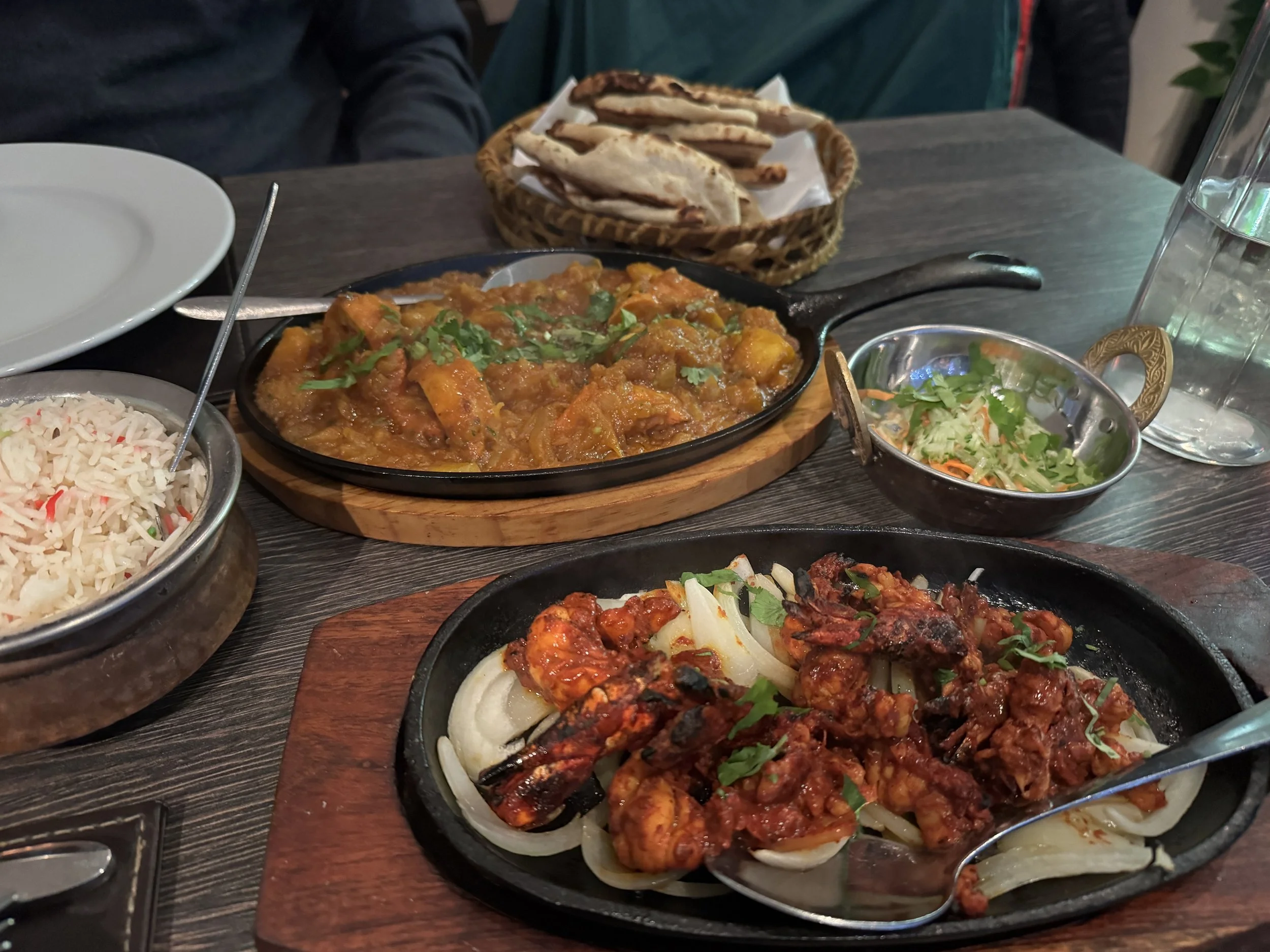
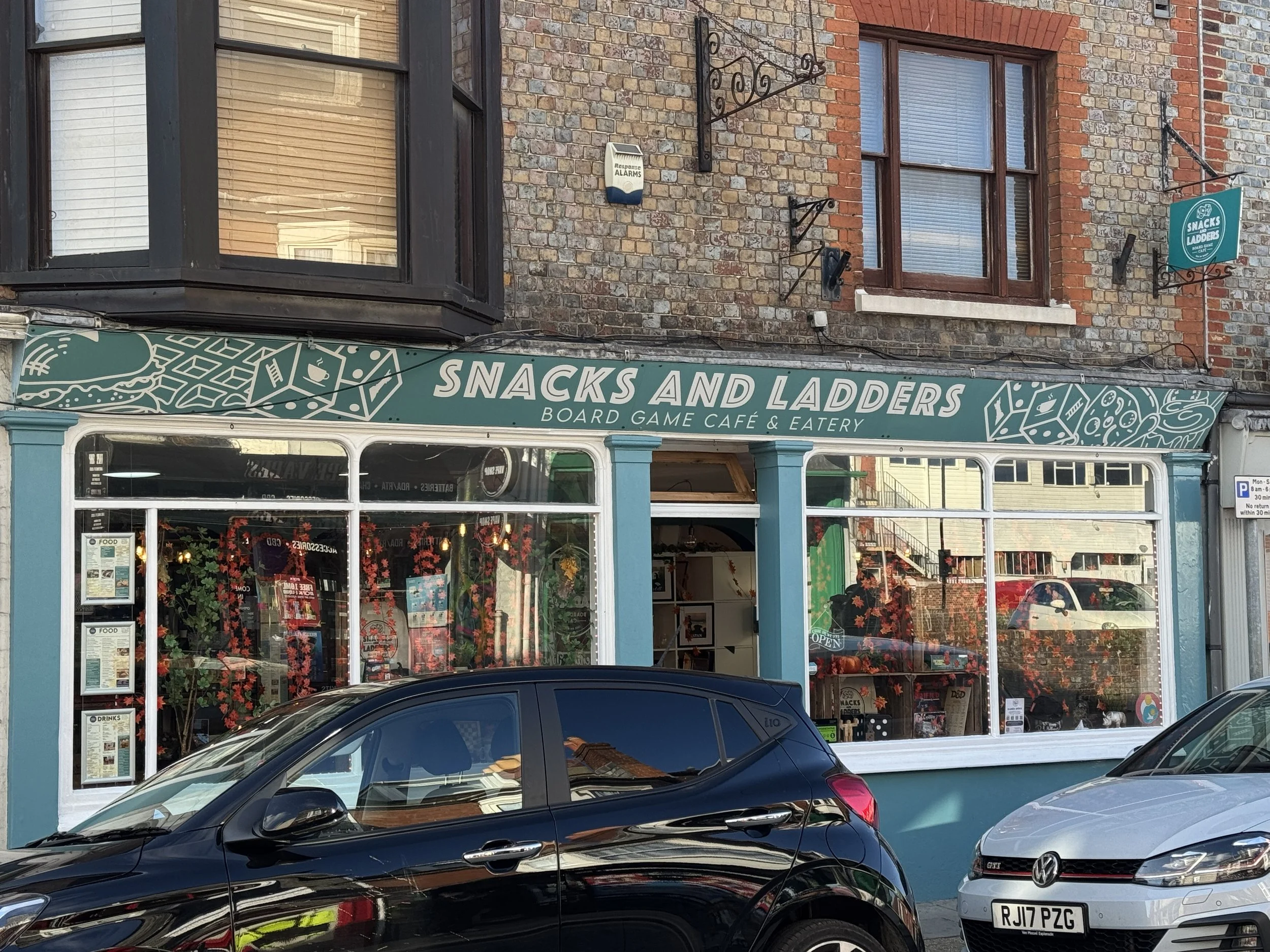
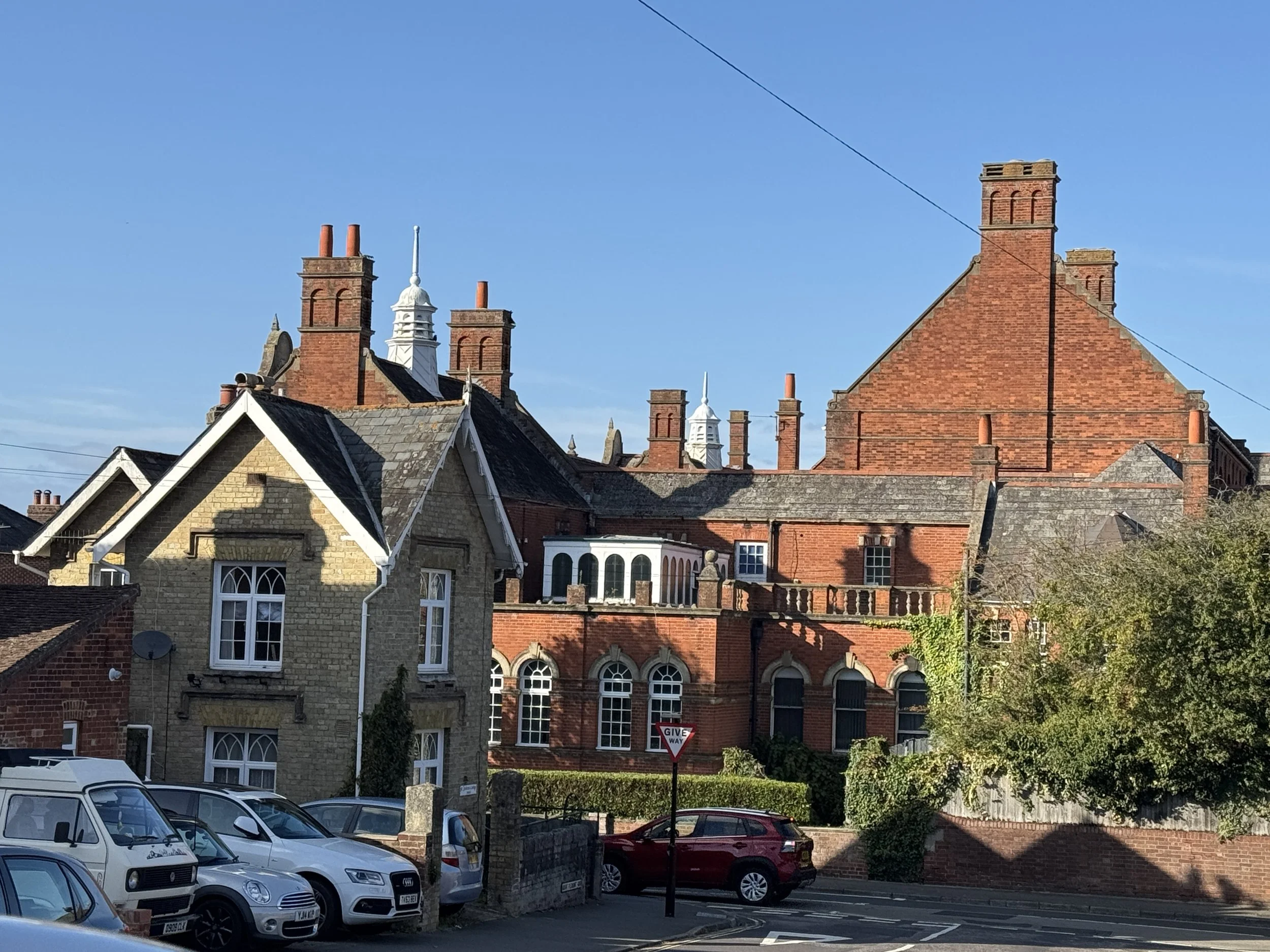
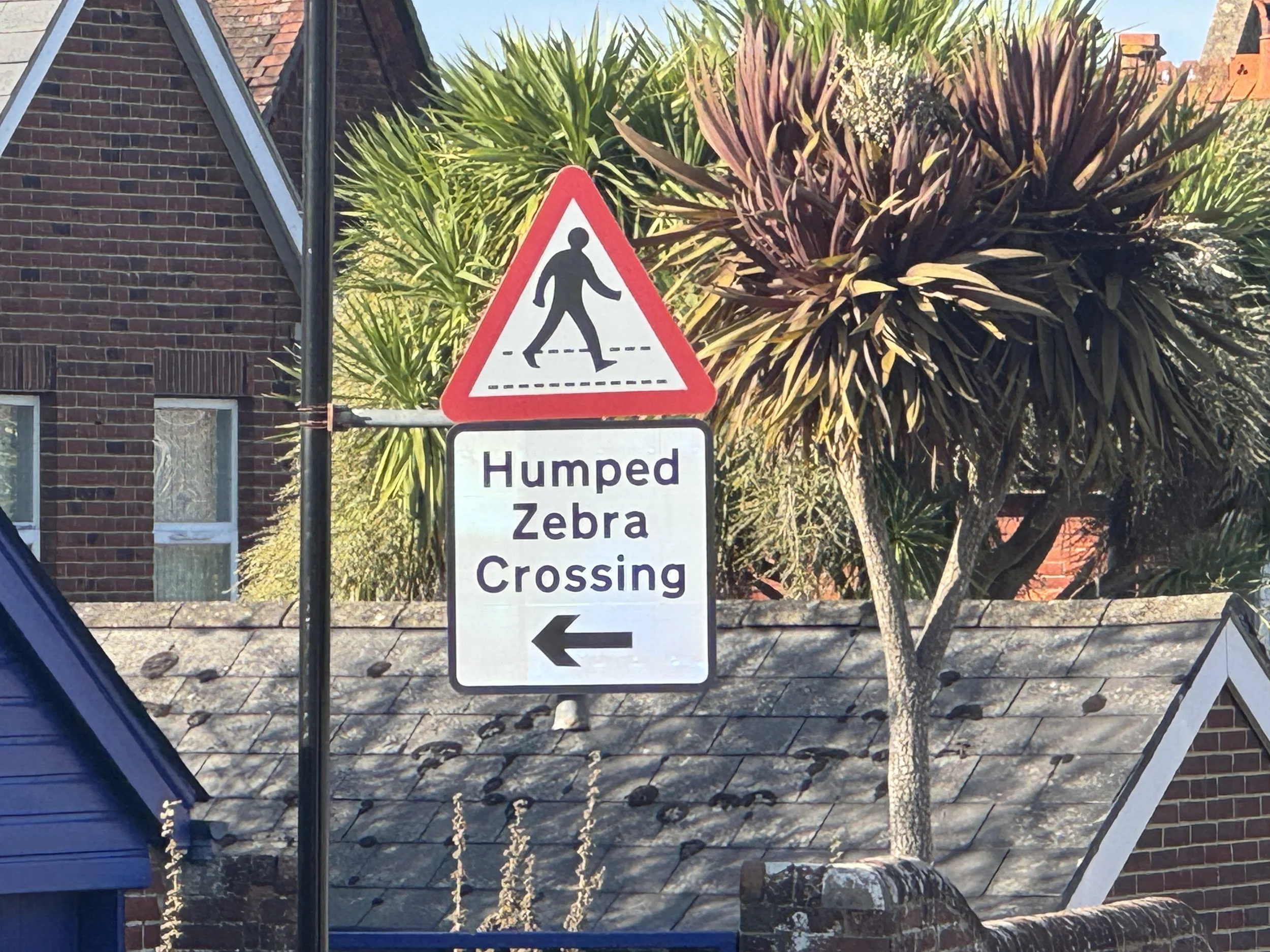
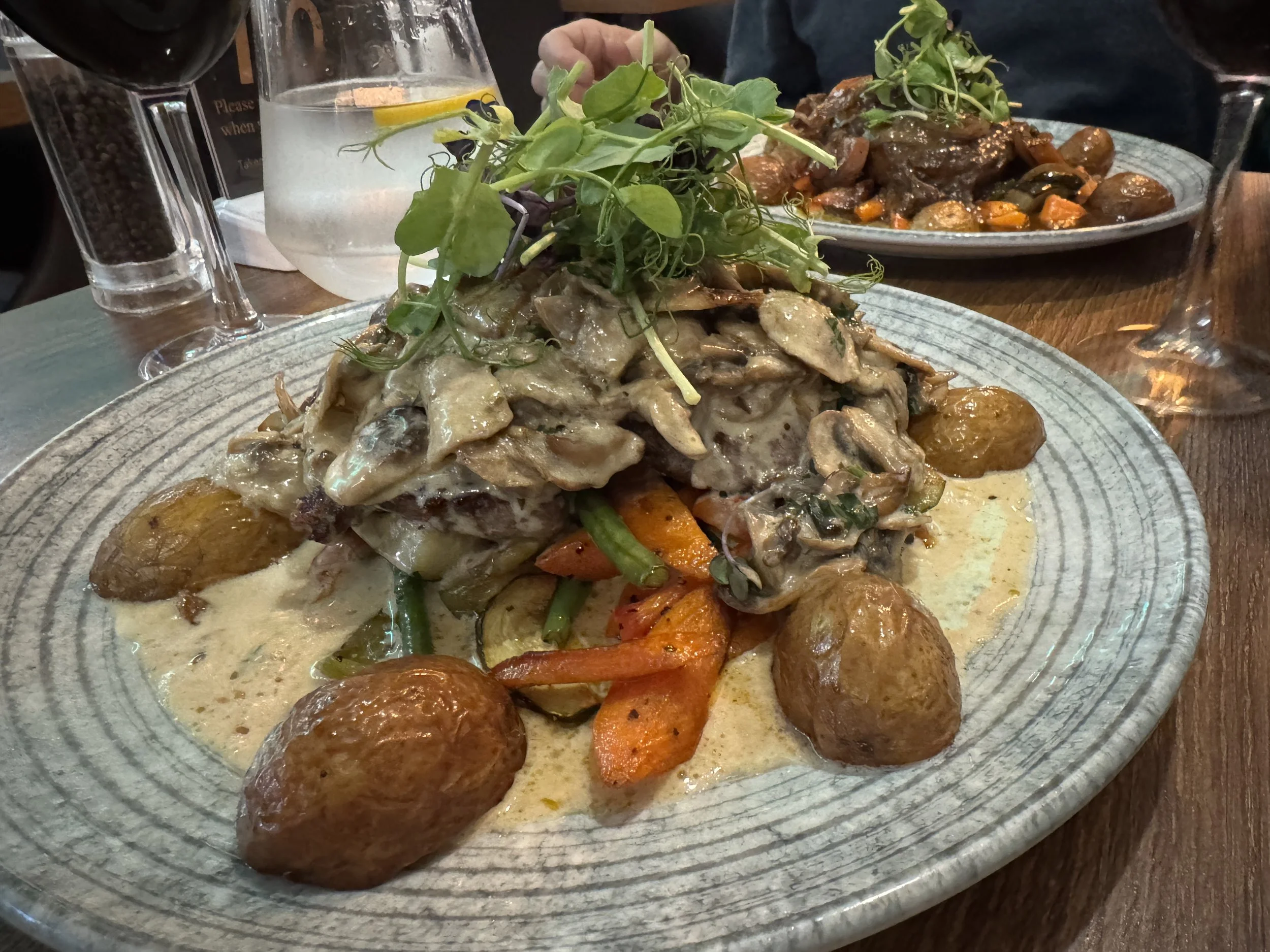
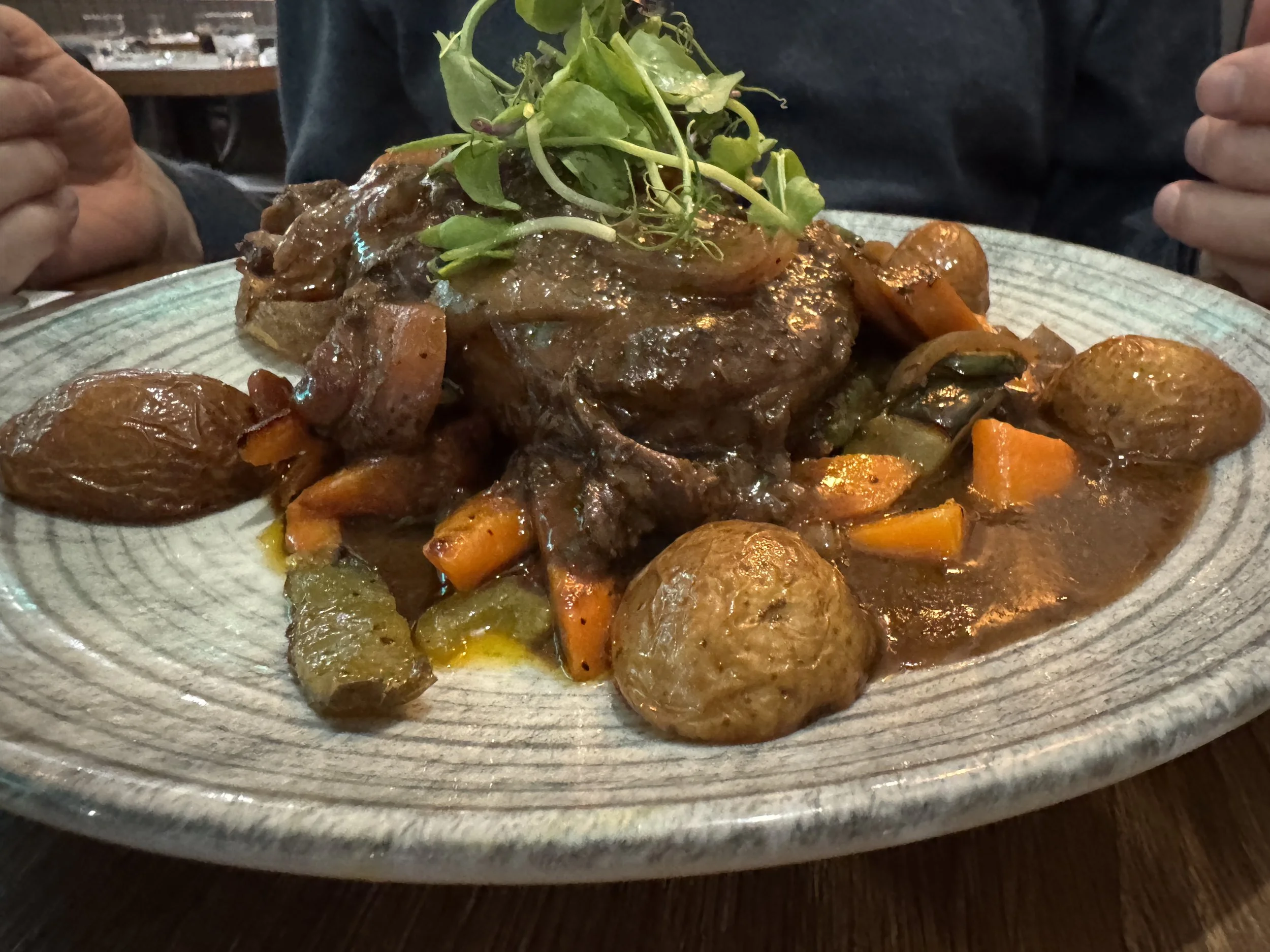

We finished buttoning up Meraki for the winter a couple days early so took the opportunity to tour more of the Isle of Wight. The forests, cliffs, beaches and farmland were a tranquil respite after the big push to get there (6 countries in 5 weeks).


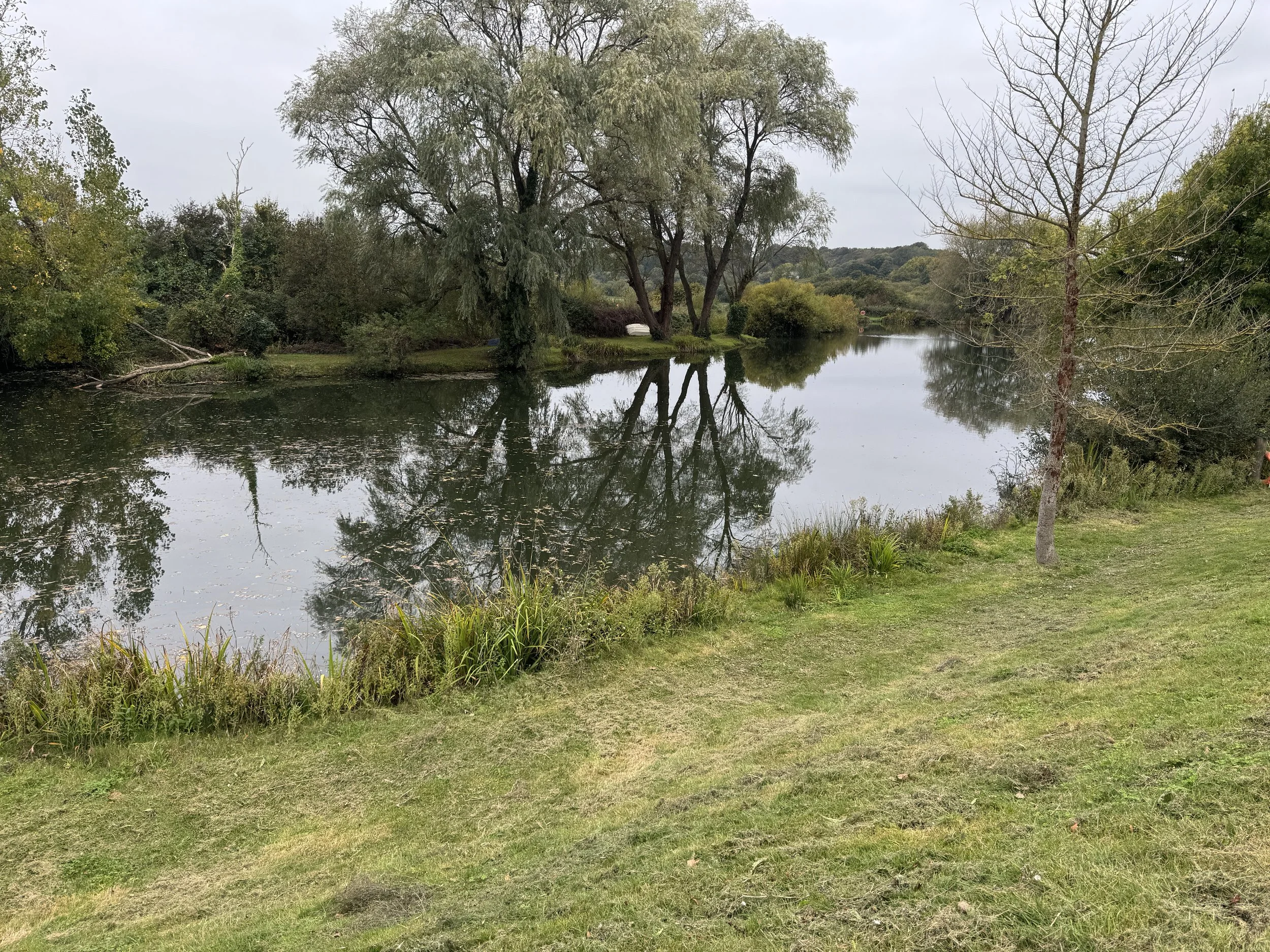


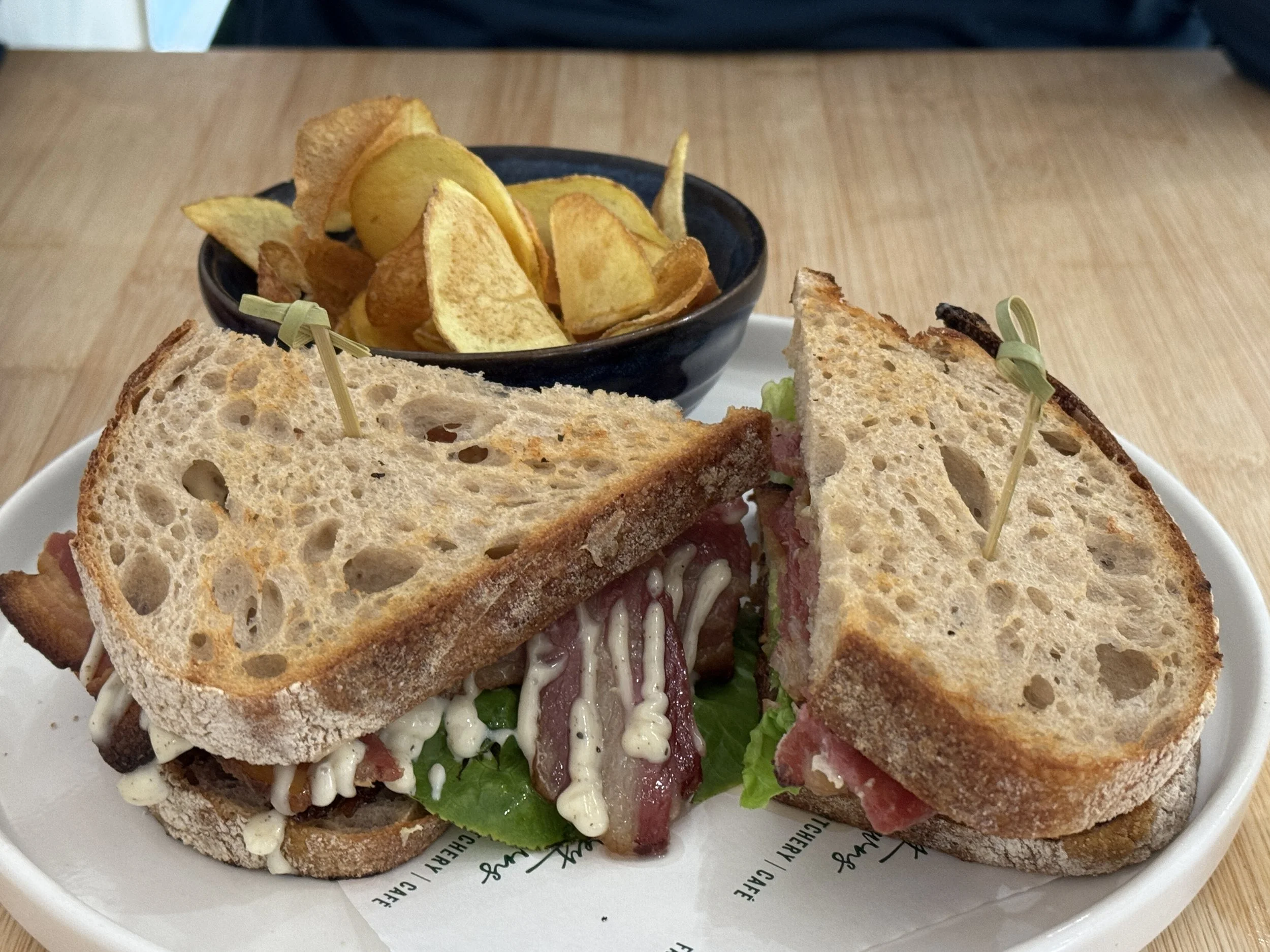

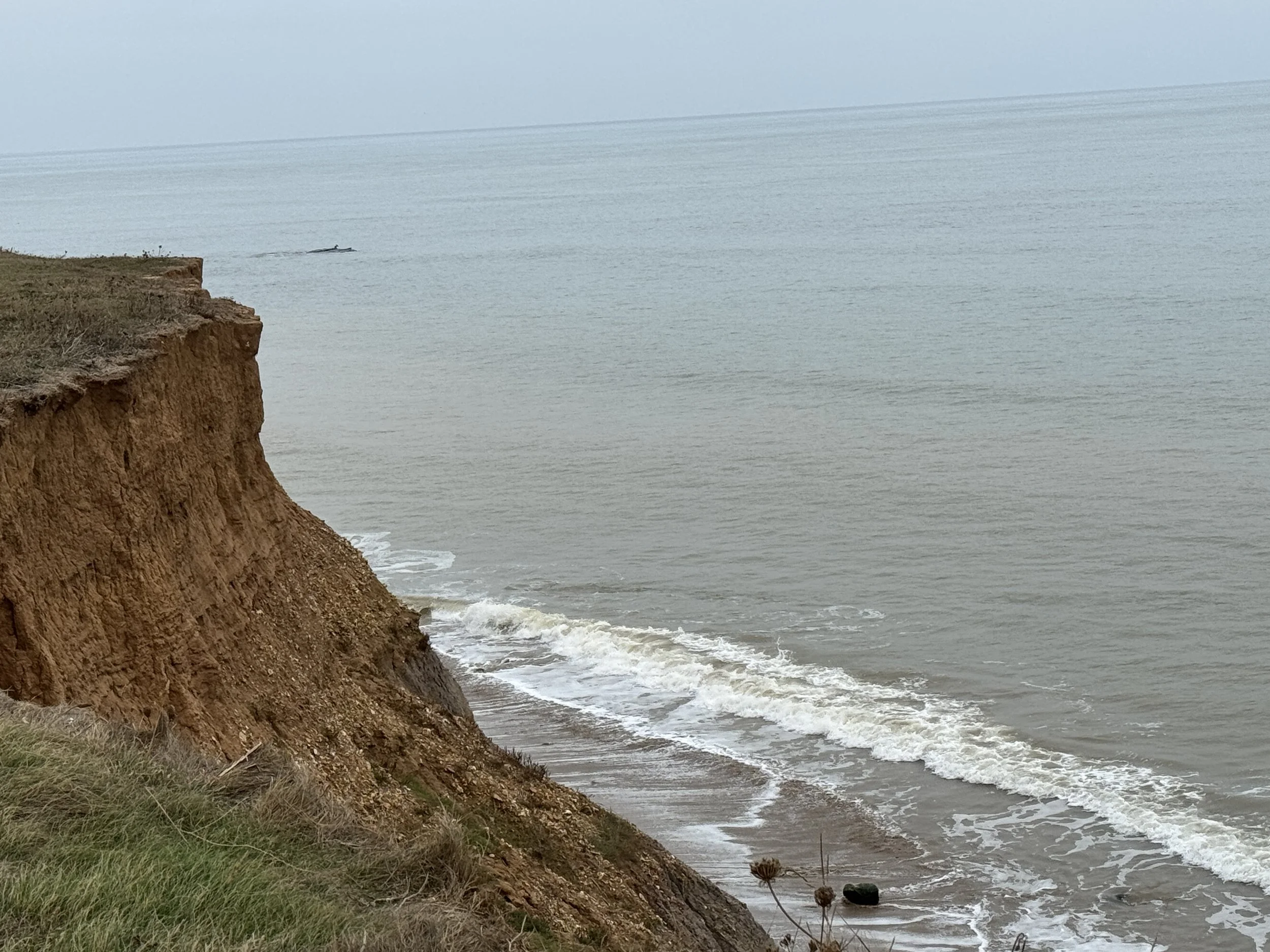


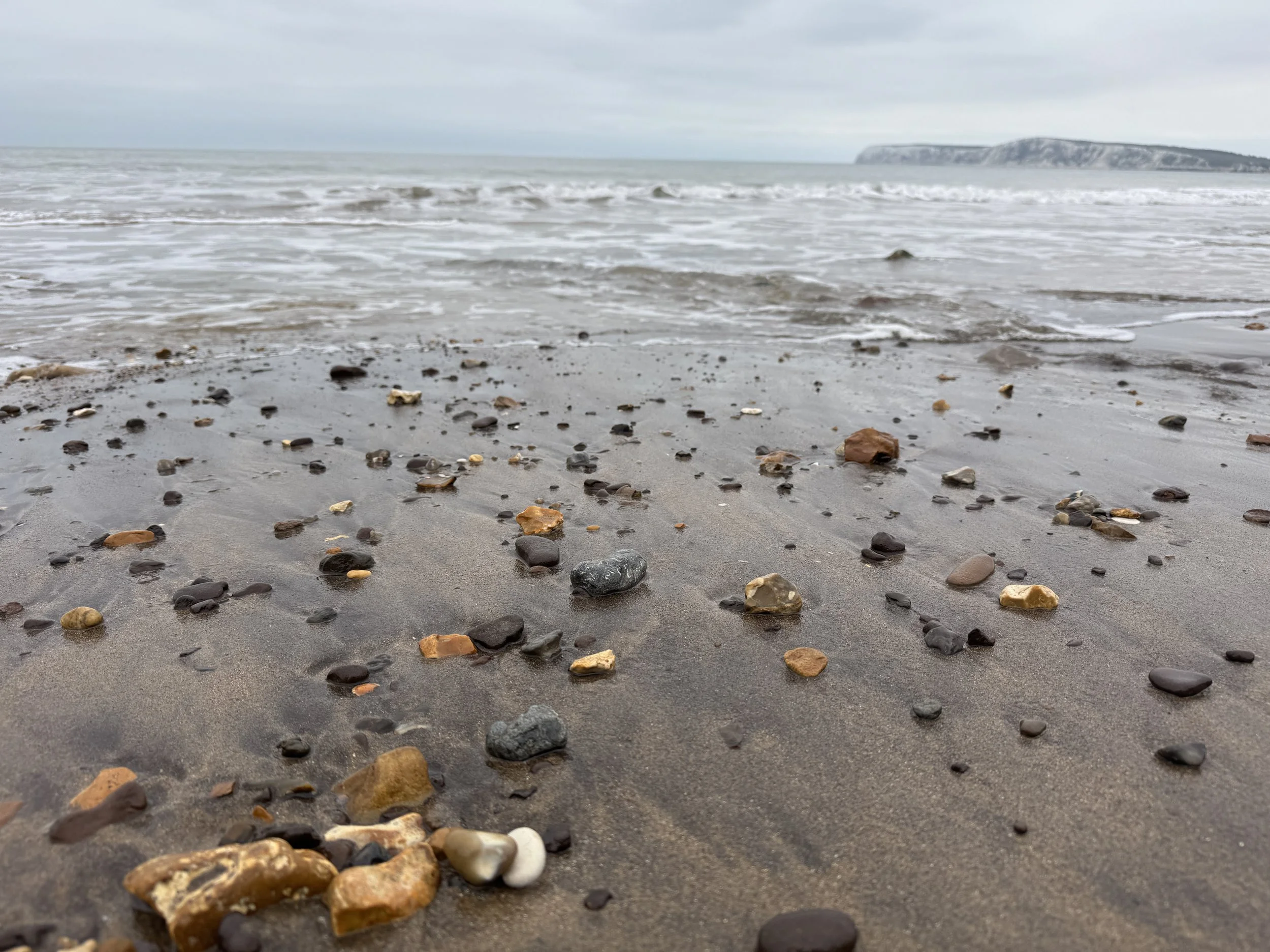
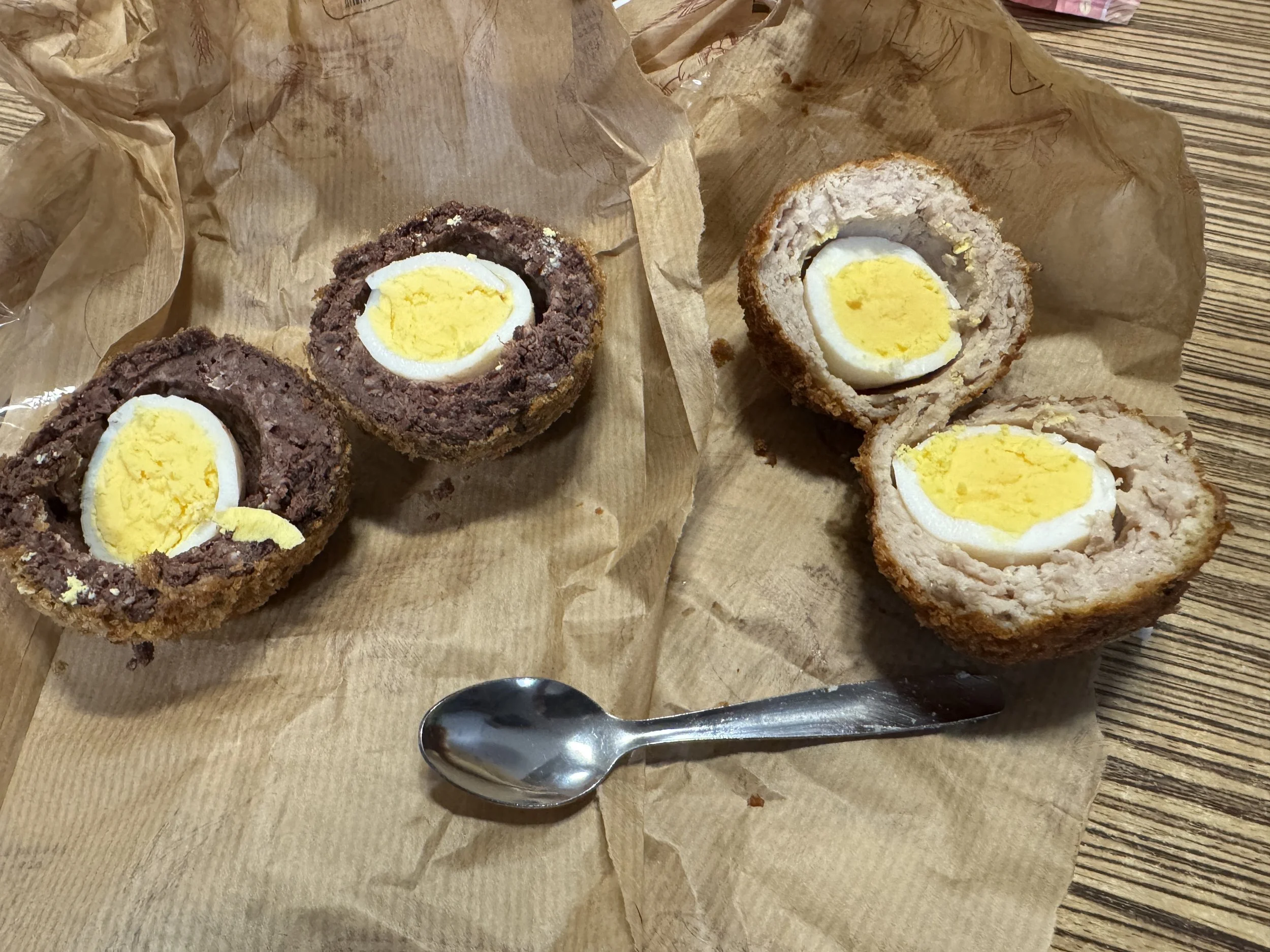
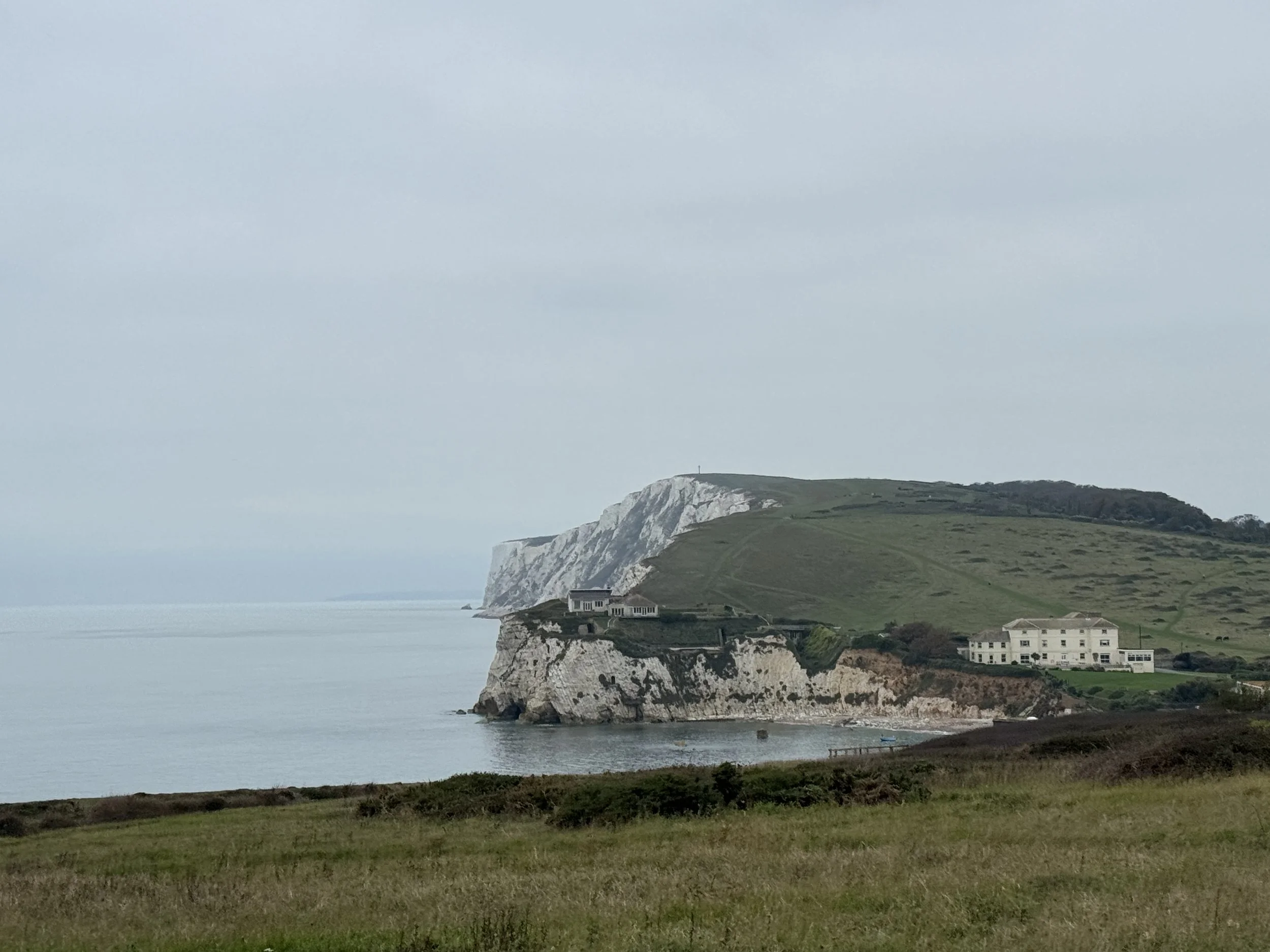



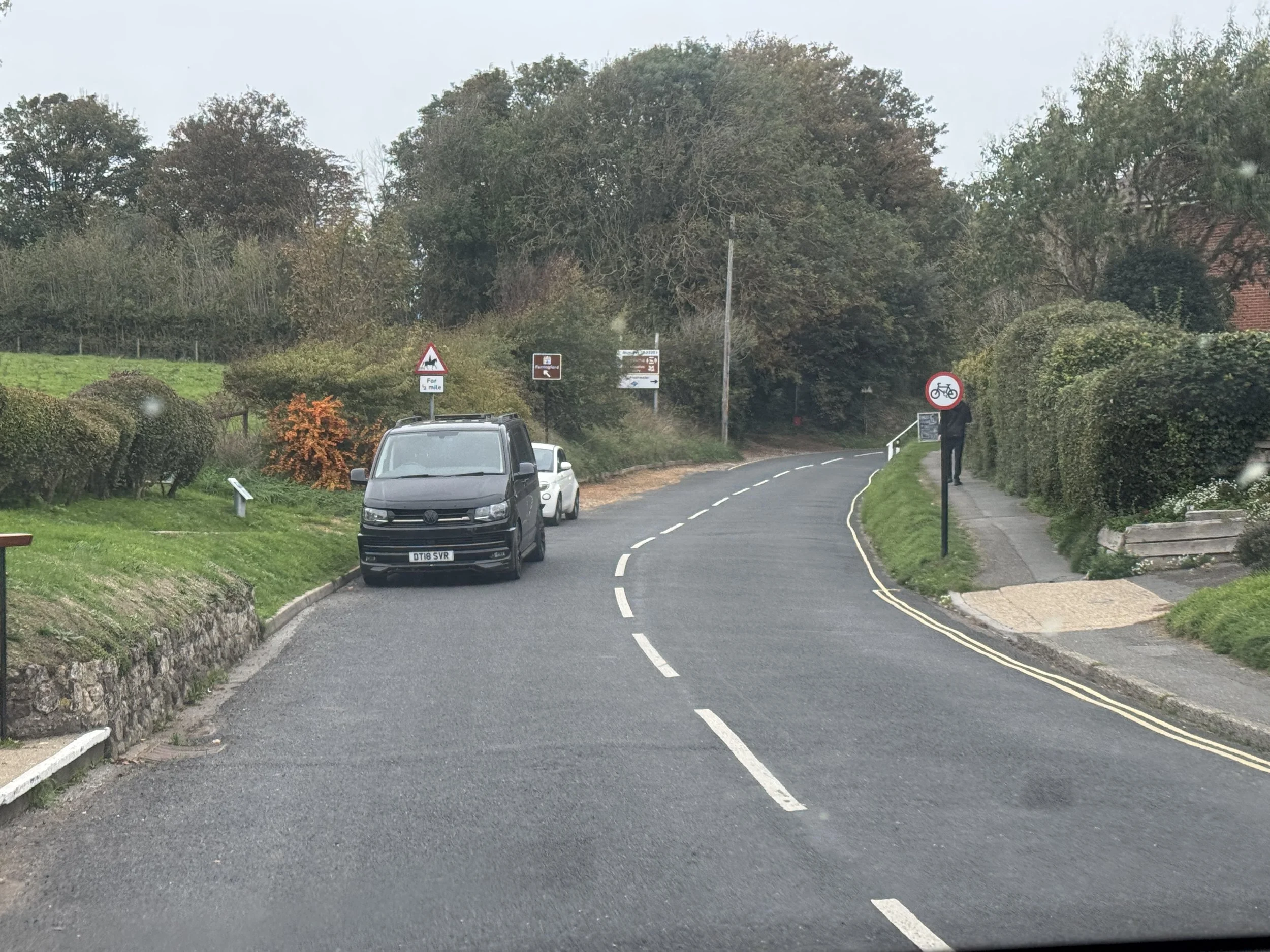
We bade our final goodbye to Meraki and caught a fast ferry to Southampton where Gary picked us up and generously drove us all the way into London to a hotel at Heathrow Airport before our morning flight the next day.

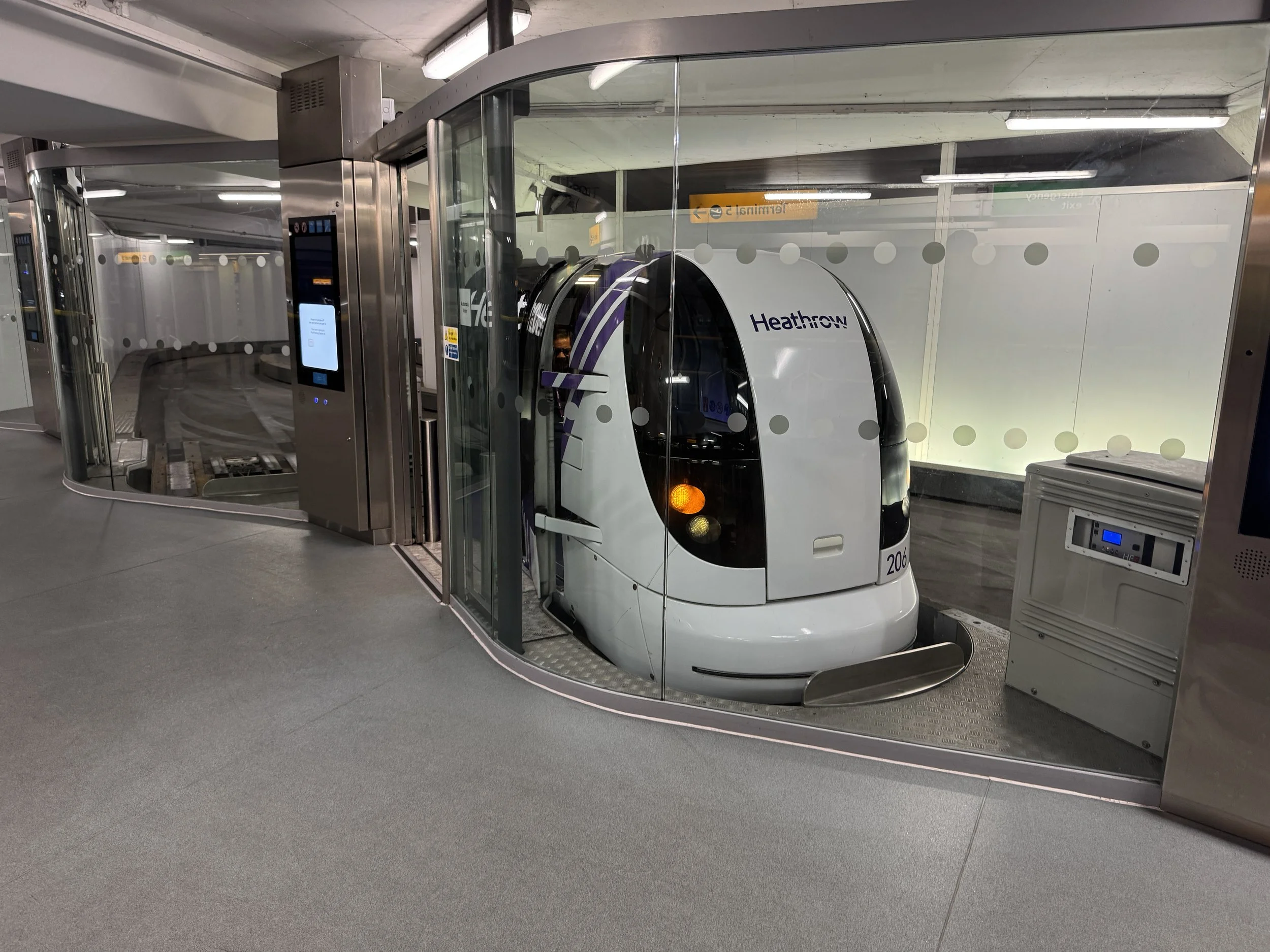

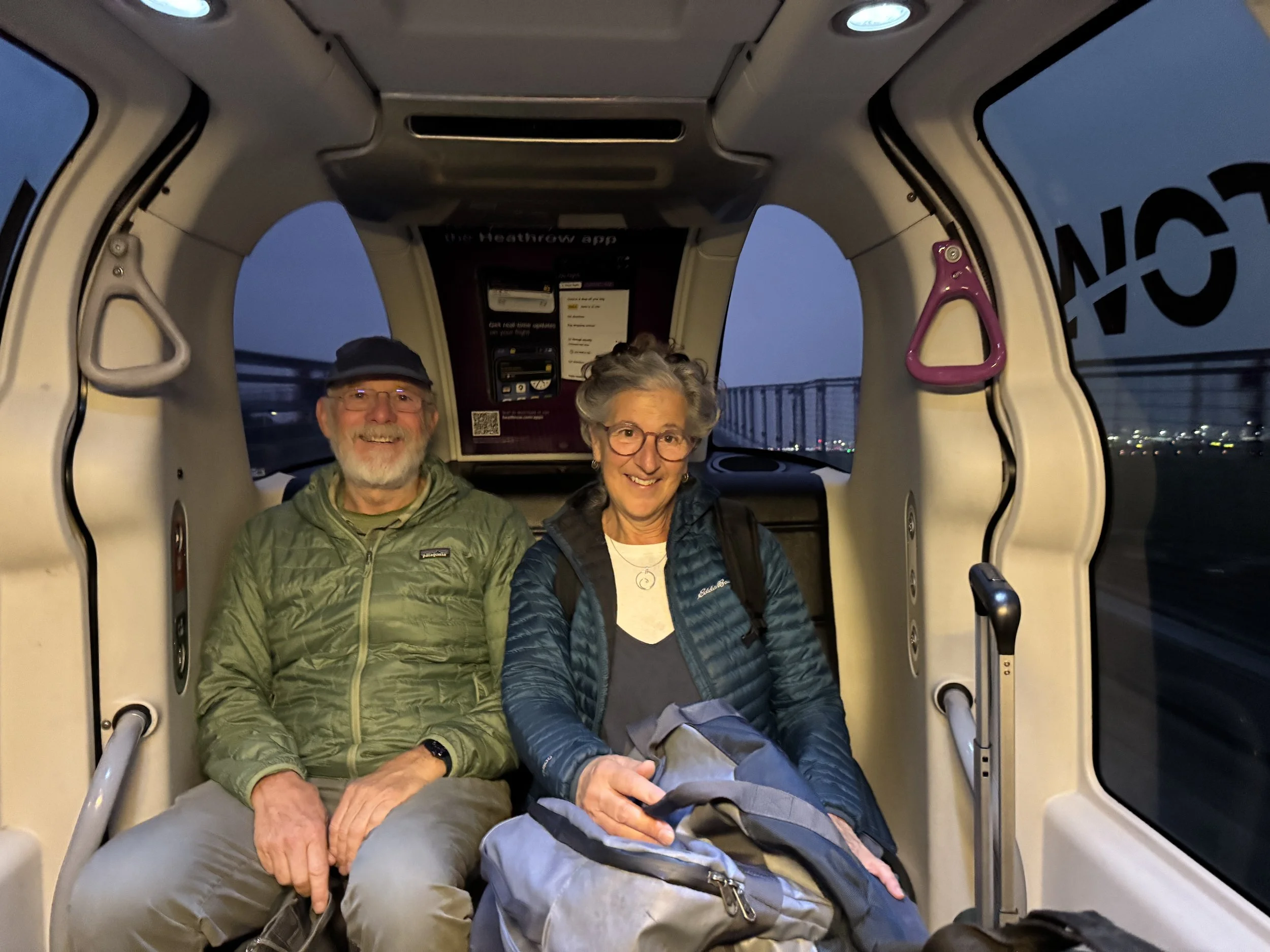
It has been an extraordinary year of cruising; from the western Mediterranean, to the canals of France, up to the Baltic and the North Sea and across the English Channel. We are forever grateful for the many friends and family who came to visit this year. We shared amazing experiences, as well as the trials of boatlife (you know who you are). This lifestyle doesn’t just lead to new landscapes and cultures, sometimes - even during some of the lowest, it can lead to the most incredible connections that span continents and have the power to alter your future in the best possible way. Cheers!
Note: photo captions will not appear if viewing on a cell phone.


